
How do we use this Stuff?
The complex story of two places and crossing over fashion eras makes for a lovely tale, but how does that translate to a costume ensemble for historical intepretation? Mary’s character, a young, educated, and somewhat protected and not worldly woman, the first generation of Irish immigrants to be born and raised in America, would have culture shock in both places somewhat.
The Character in Review
Her story has her grow old, marry, have children, and completely change her life, while maintaining connections “back home”. This means:
- Mary would have full knowledge of current styles every winter
- Mary herself would not have much money or ability to buy things, but she might receive gifts and care from others as she had a large family
- Mary would have some basic homemaking skills, but most likely would get things new and wear them out rather than modify herself
- Mary would have wanted the latest fashions when she went home
- She would not have cared about fashion on the homestead except going to town, but function would dictate even then as “to town” meant walking 10 miles or riding a horse, snowshoeing, or taking a wagon on a rutted path alongside wildlife and in the weather
- She most likely would keep her bonnet on at all times; looking lovely would be important and she would not like her hands rough or her skin tanned
- She would stay thin due to the extreme physicalness of her new life and lack of access to goods like sugar
- She would have to be healthy without the advantages of healthcare in the immediate area
- She would adapt and use what she had at the time

Taking these attitudes, what we know of the physical environments and the methods of transportation – combining this with knowledge of what was fashionable at the time and what was possible for her to obtain – we can select typical trends and fashions of the time that she might have access to or selection.
Anything she would wear or select living in Wisconsin would be modified in concept or implementation as all western women on a homestead and in the late 1880’s for that matter, had to do. We start with narrowing down examples of fashion for the time to that which would be typical of western and especially homesteading women.

1885-1888, Fashion eras crossed over from no bustle to large bustle to no bustle again. We are proposing Mary’s character would make a modified bustle using drapes and pads rather than structures to create the illusions and use little materials to keep up with the changing styles.
Most specific Wyoming women of the era, however, had the silhouettes, lines, and shapes of current high fashion (they had access and knowledge coming on the nearby trains and stagecoach lines), but modified to be much more comfortable, practical, durable, changeable, and FUNCTIONAL.
Western Women wearing current Fashion 1884-1892 (a few we have seen in the Historical Context section illustrating women’s work on a Homestead. Let us look at them again for the clothing ensembles they are wearing):
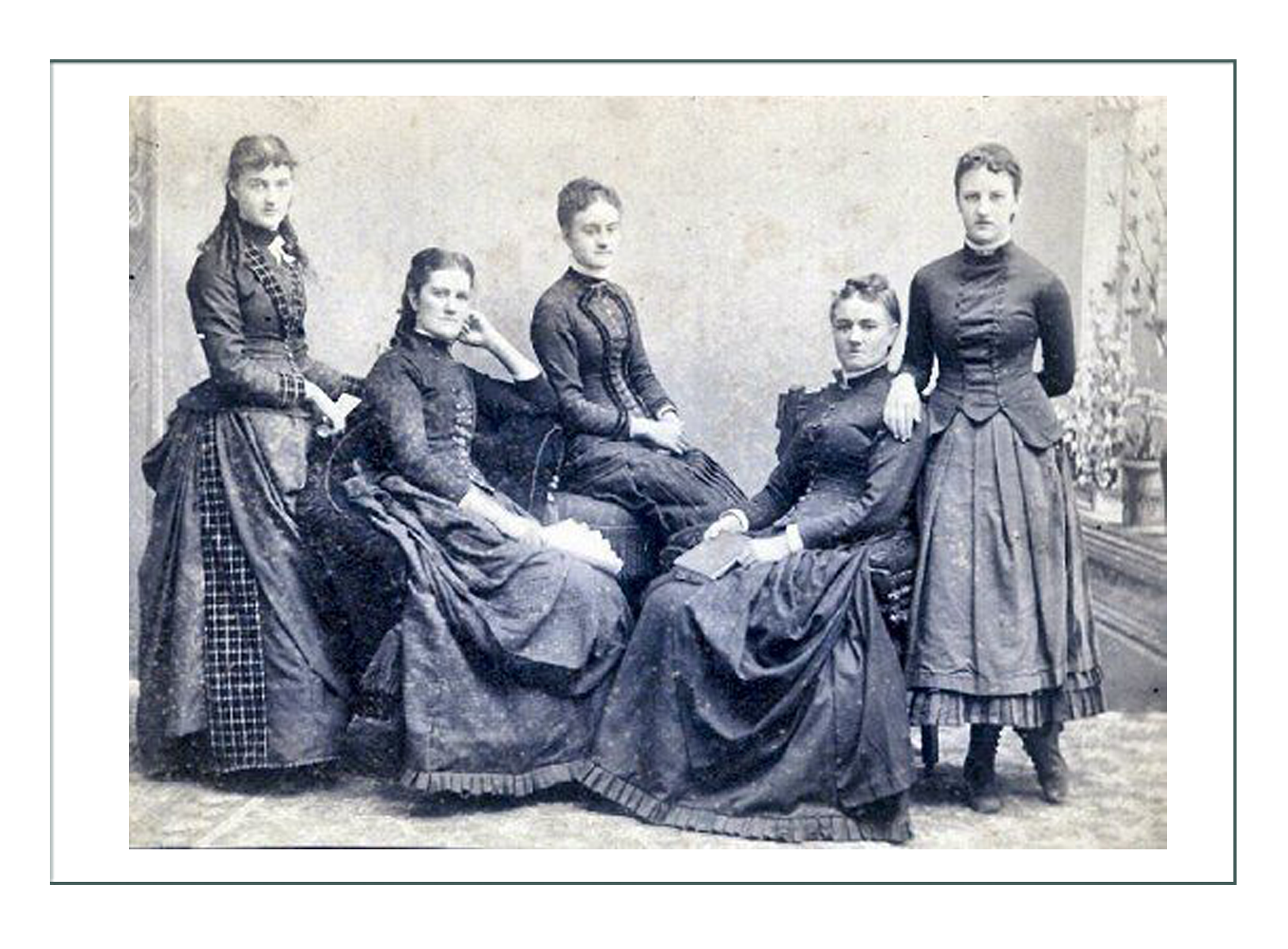
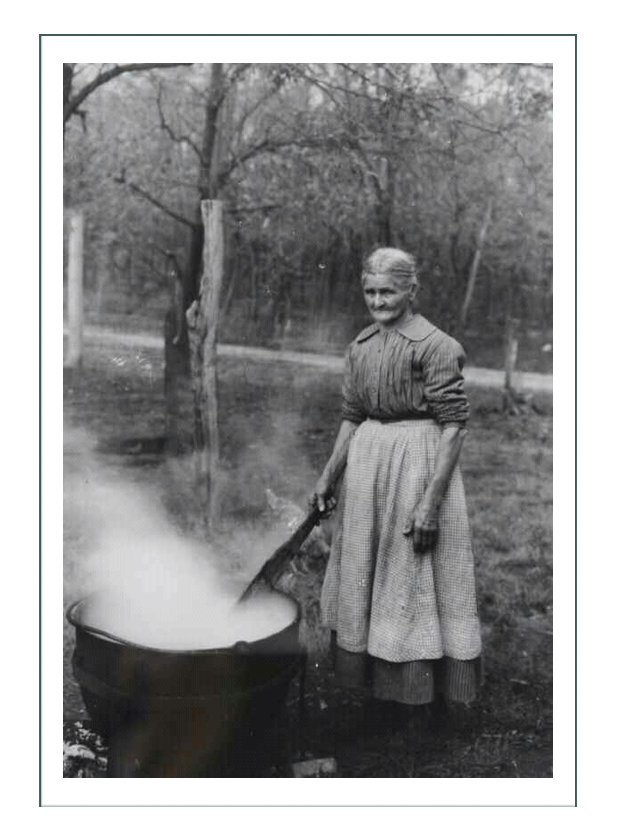

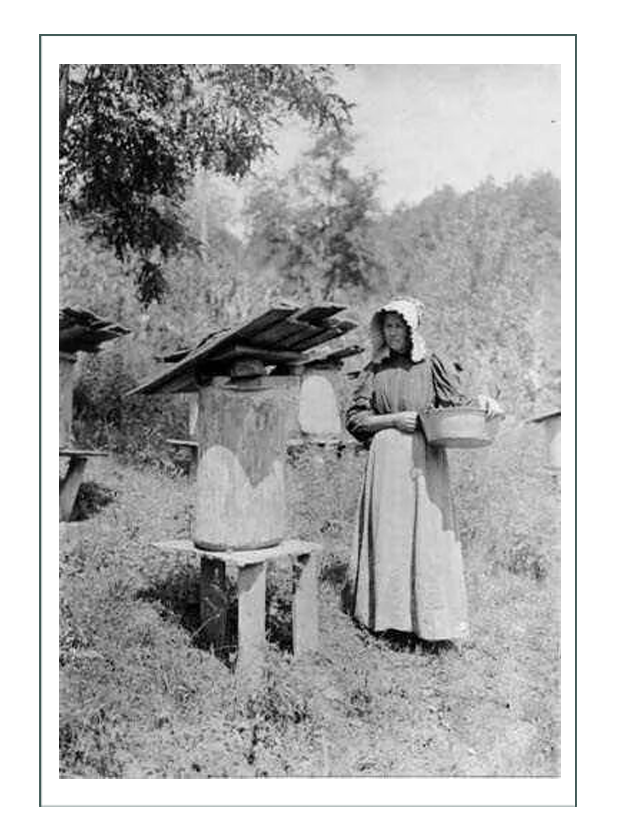
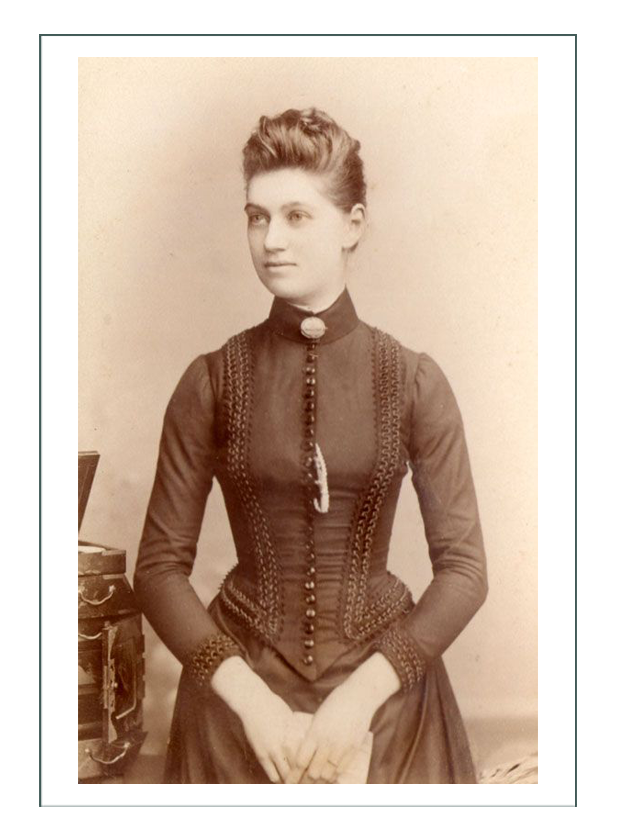
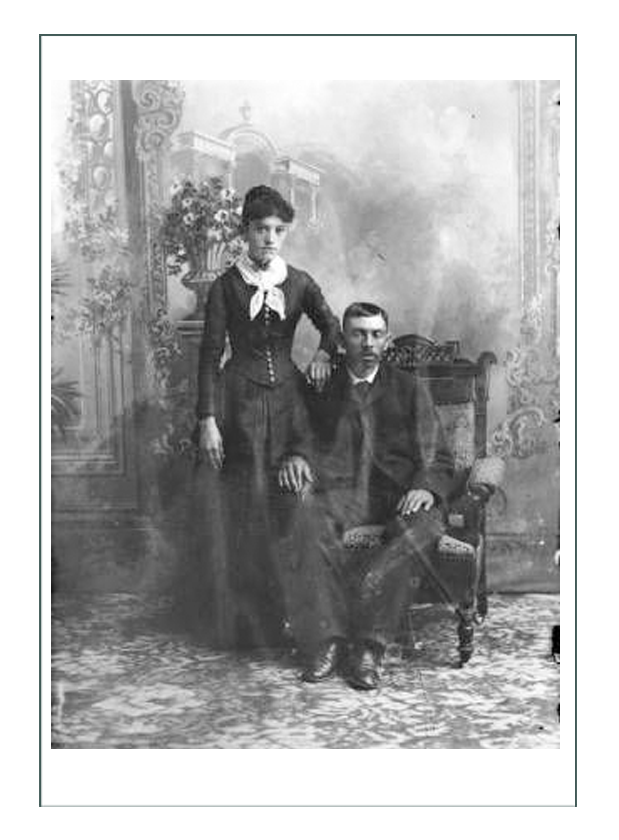
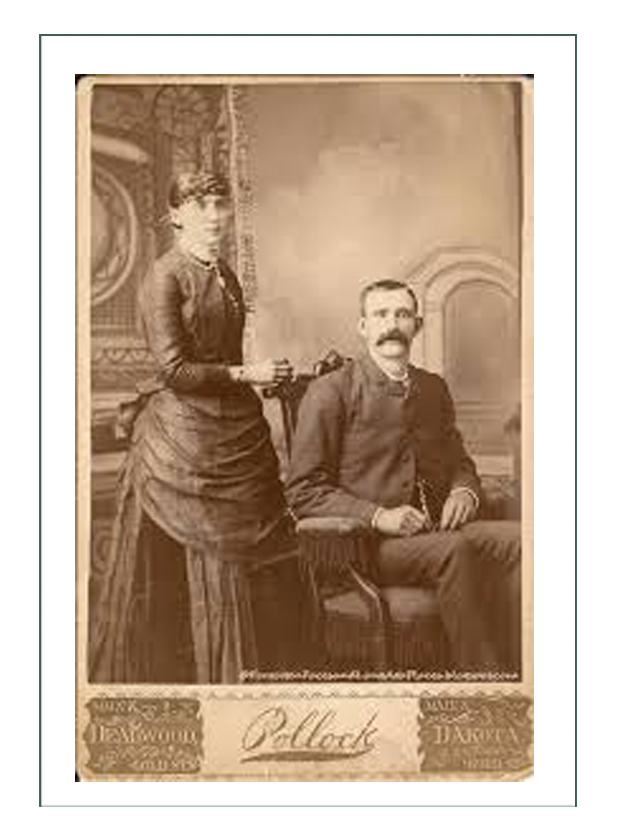
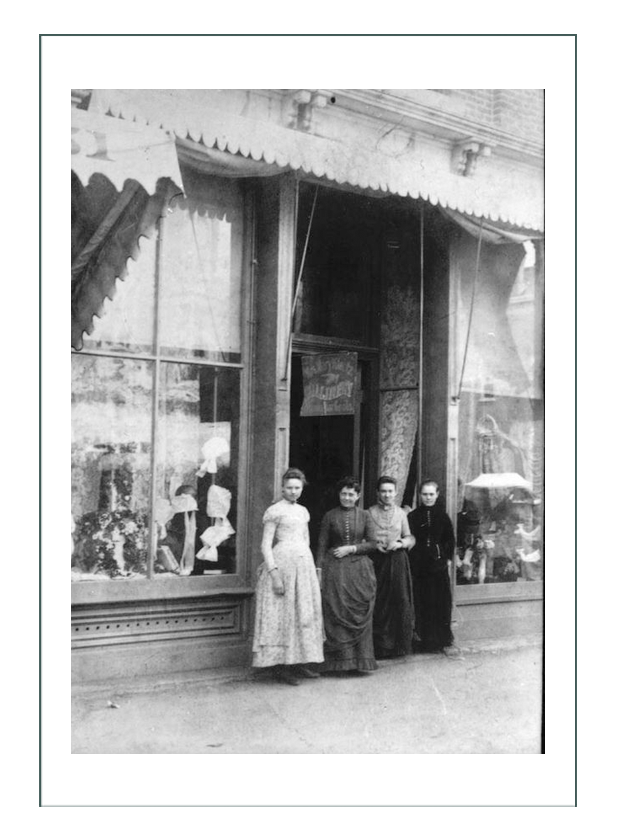
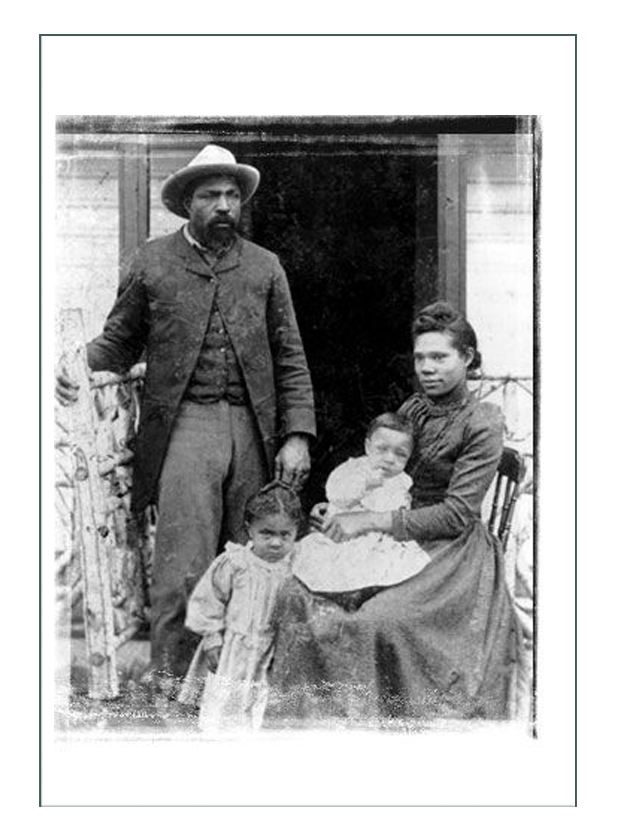
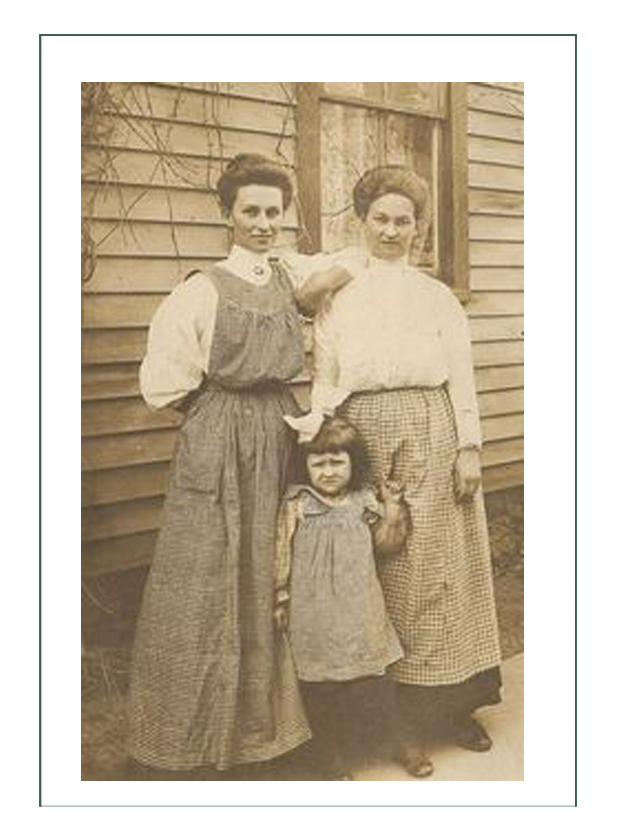
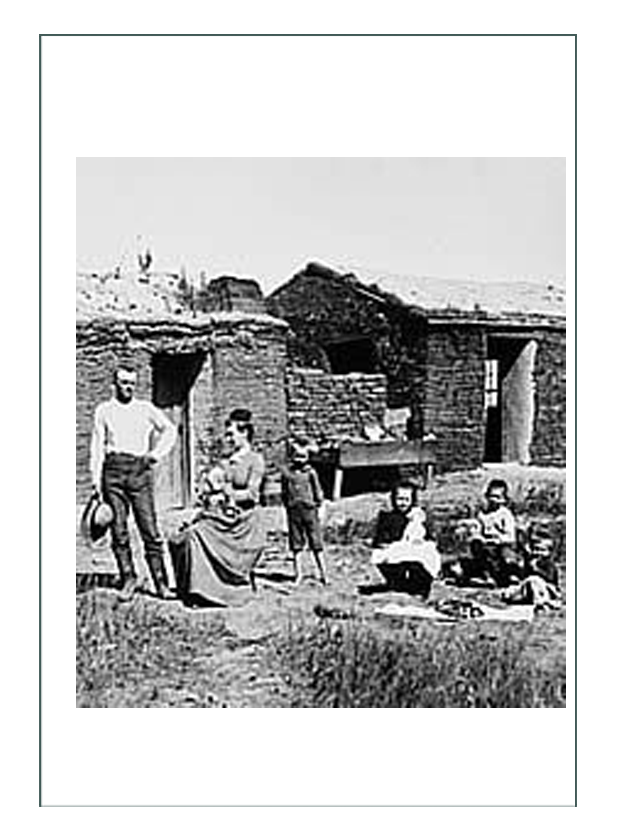
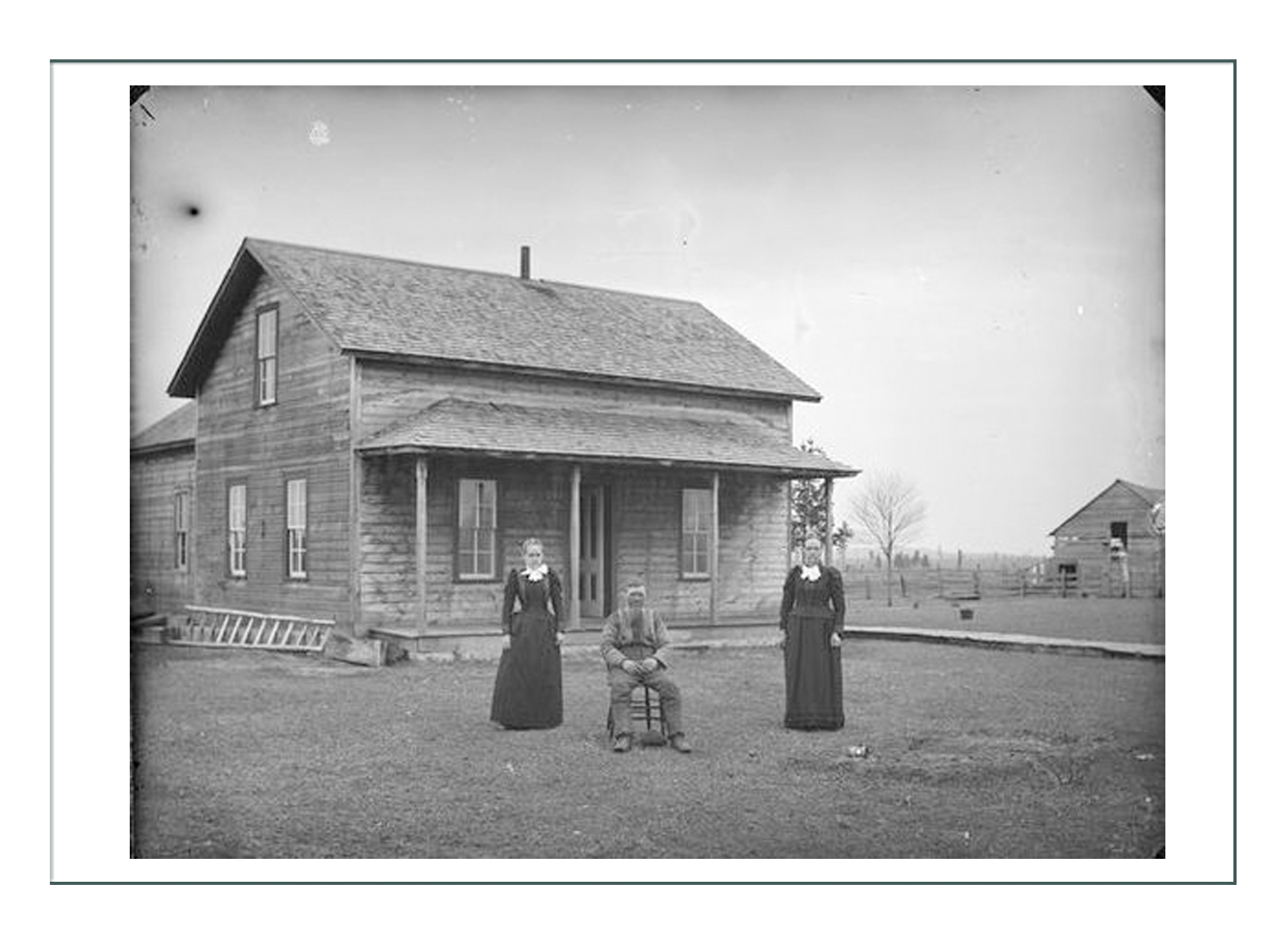
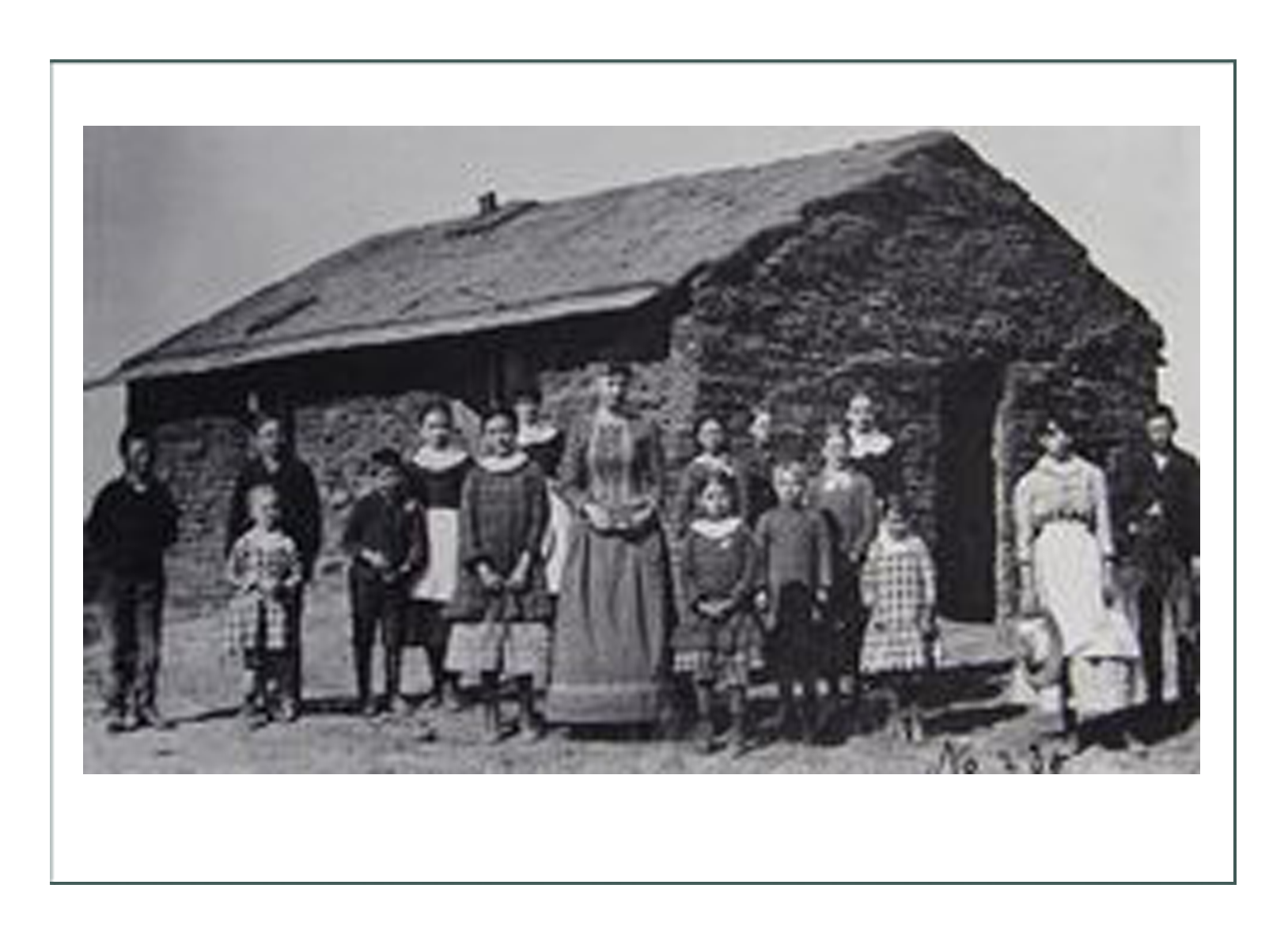
We note a few commonalities:
- They keep their bonnets on when working, but ditch the bonnets for posed portraits indicating they are serious tools for WORK only
- Two piece or one piece doesn’t matter. The earlier ensembles prefer two piece for formal portraits, but in all the working and fully functional ensembles they are two piece
- One piece dresses seem to be a luxury. Two piece bodice and skirt could be interchanged for multiple function. A one piece would be a luxury, because it would mean you had other items to wear at completely different times
- All working women wore aprons – usually fully covering the front. These seem to depend on function – cutting up a hog was a lot different than visiting the school
- Mass produced trims are popular. The more formal the outfit, the more specific and neat the trim
- There is little or no trim on working clothes. The working ensemble would be what we would call a “blouse” and “skirt”, but at the time they were bodices, or short versions of full dresses. (Blousewaists would come two decades later)
- Working skirts showed the whole foot; were up to the ankle, while dress skirts covered the foot entirely
- Sleeves were the big indicator of date; the higher the sleeve; the closer to 1895 they were getting
- 2nd indicator of date is the symmetry of the waist. A bell shaped skirt and small waist was indicative of the later eras. The assymmetrical drape, rump, or bustle was early. Considering most women had abandoned bustles by 1886, it was odd and typically western that they would be behind the time and still draping and bustling. Perhaps they brought them with them to the west and didn’t know they were going out of fashion
- As typical of all fashion eras, there is never a clear start nor finish. Each woman was unique and crossed over her own fashion periods.
In general, western women and homesteaders put function first in private and when working, and the highest fashion they could get their hands on for portraits and gatherings with people they cared about.

Actual Western & Wyoming or Pioneer/Homesteader Specific Garments & Ensembles
It is hard to find examples of these. Museum curators say they have them, but people visiting museums are more interested in the rich or unique designs of high fashion, so they don’t put them out. Fortunately, we have photographs like above of the 1880’s, so that is the best reference. Following are a few that we are using as reference in fabric, silhouette, and design selection for Mary’s character. We are drawing on real museum display garments, and sketches made by an artist of the time from photographs and real life images of the people depicted:
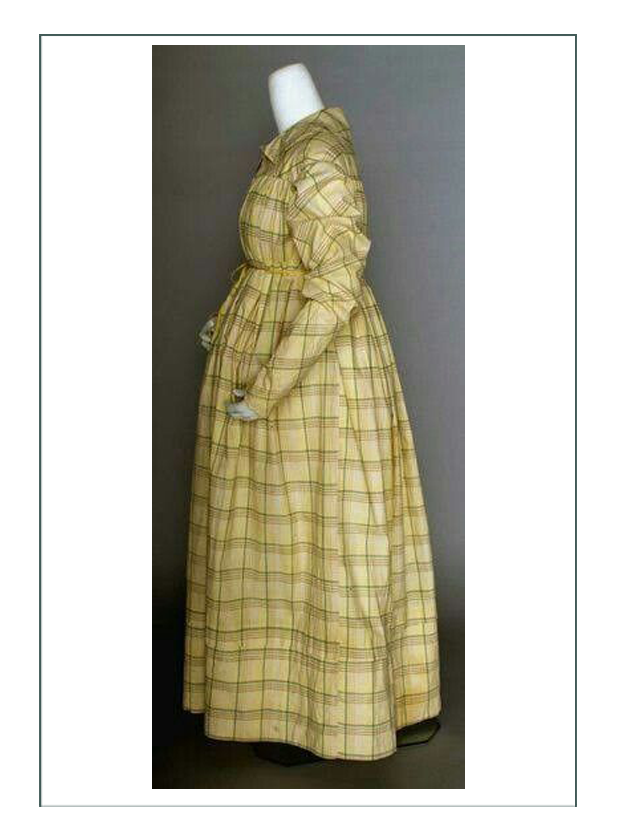
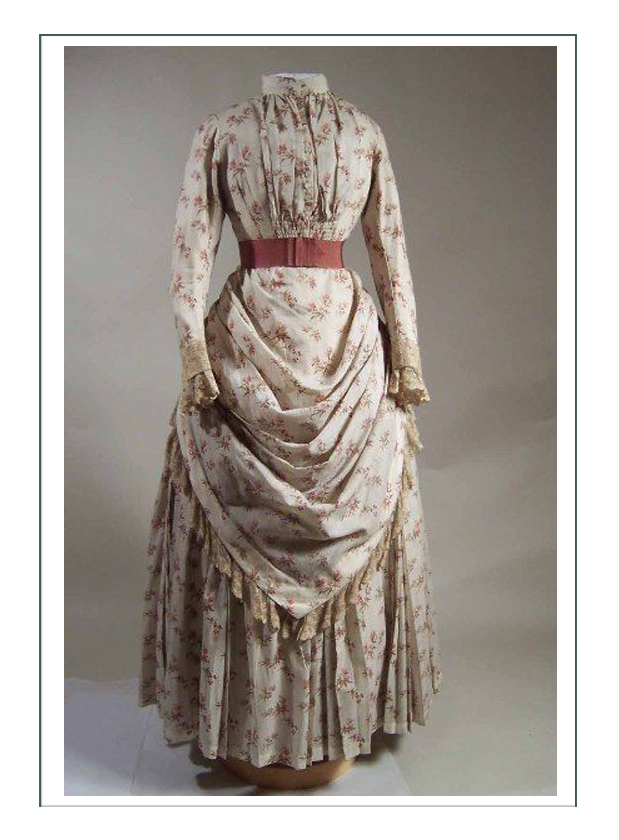
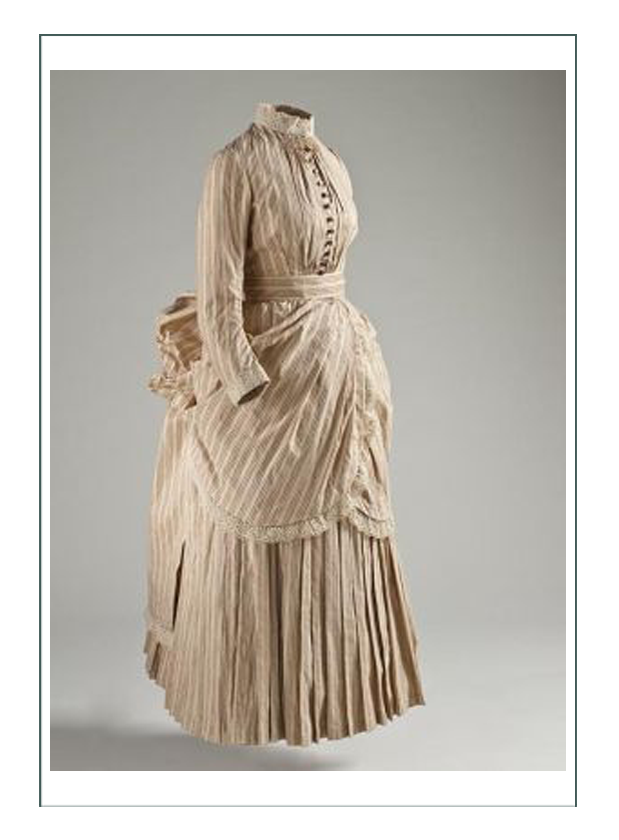

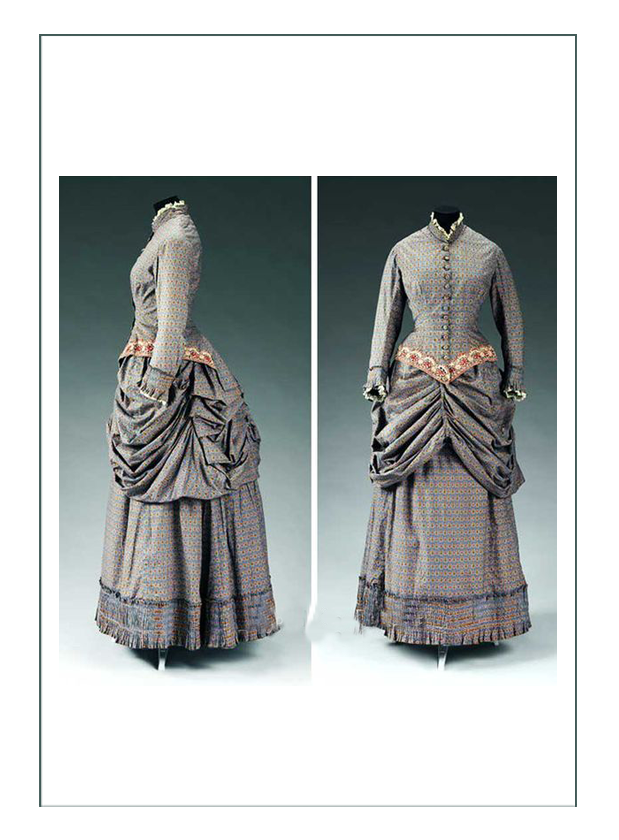

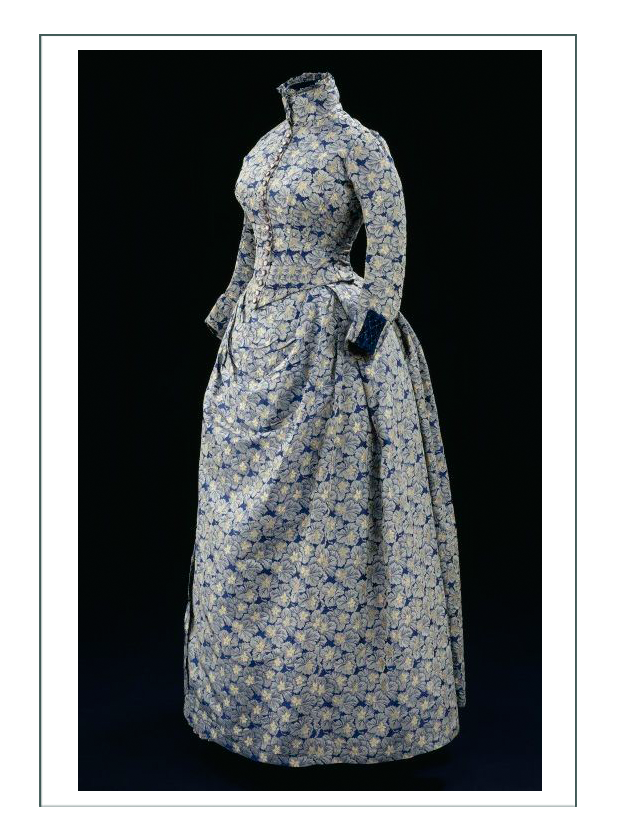
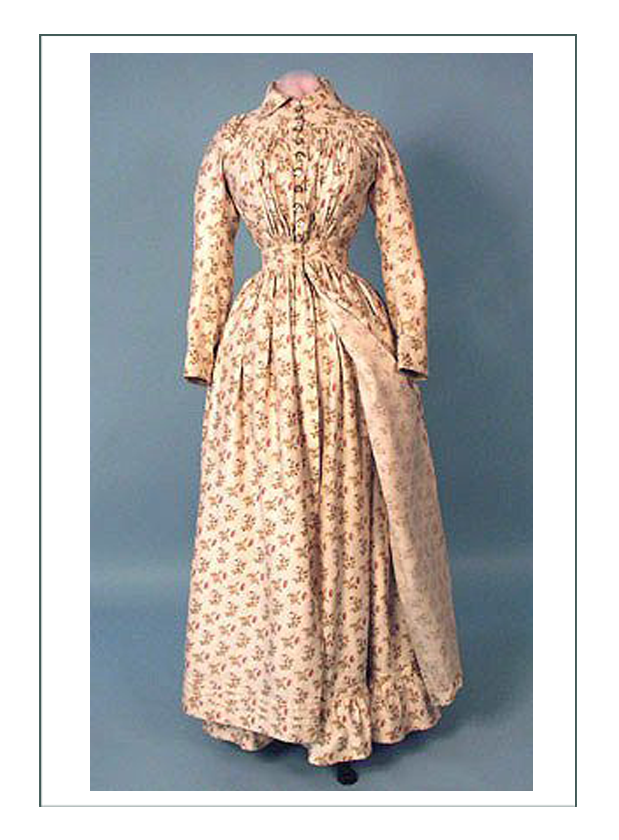
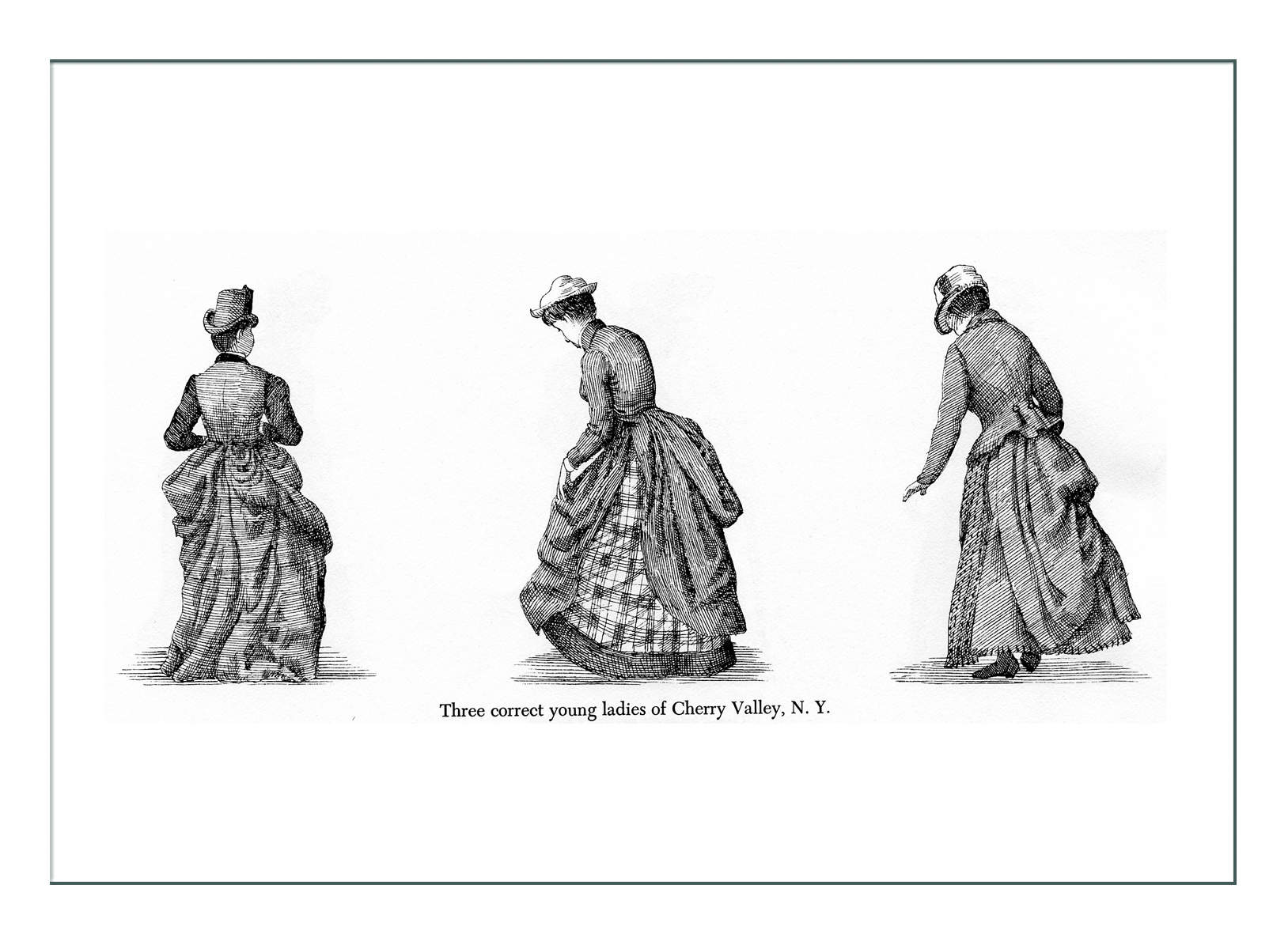
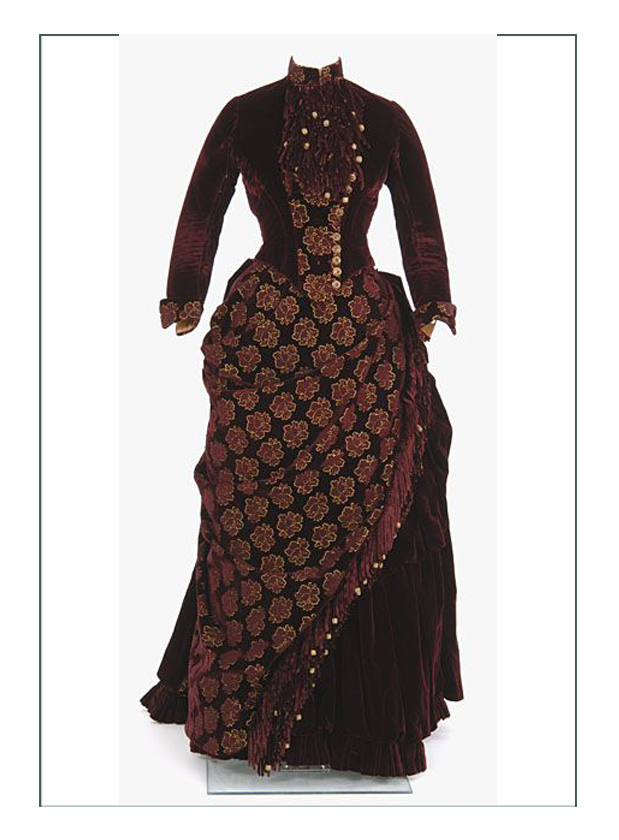
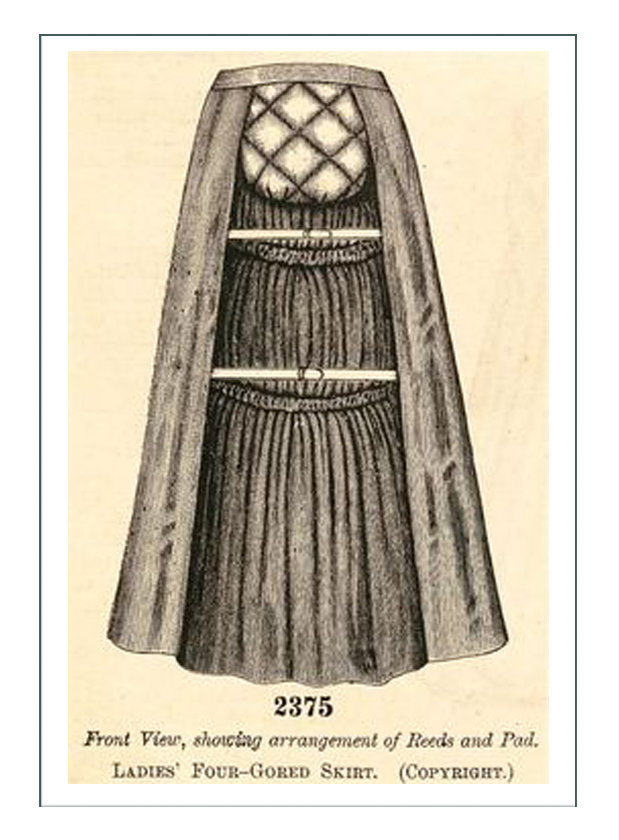
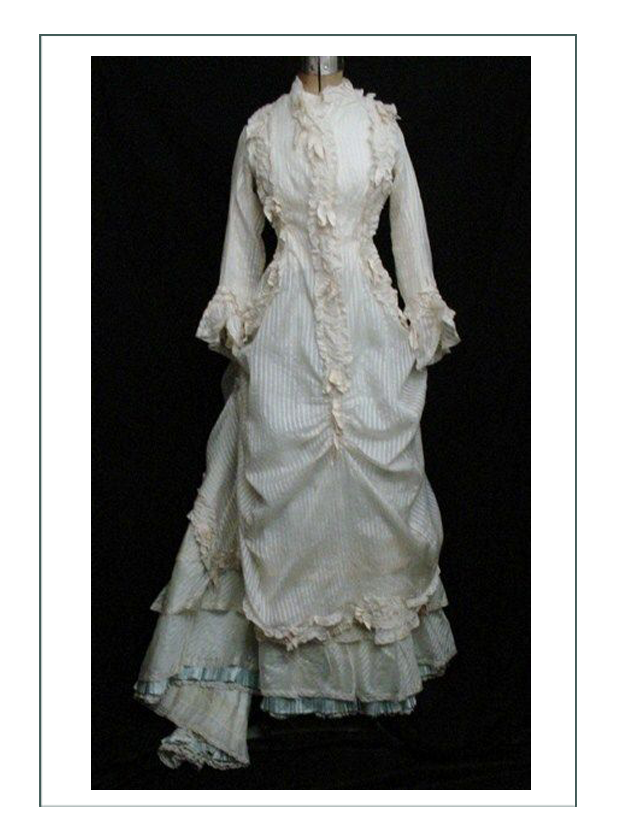
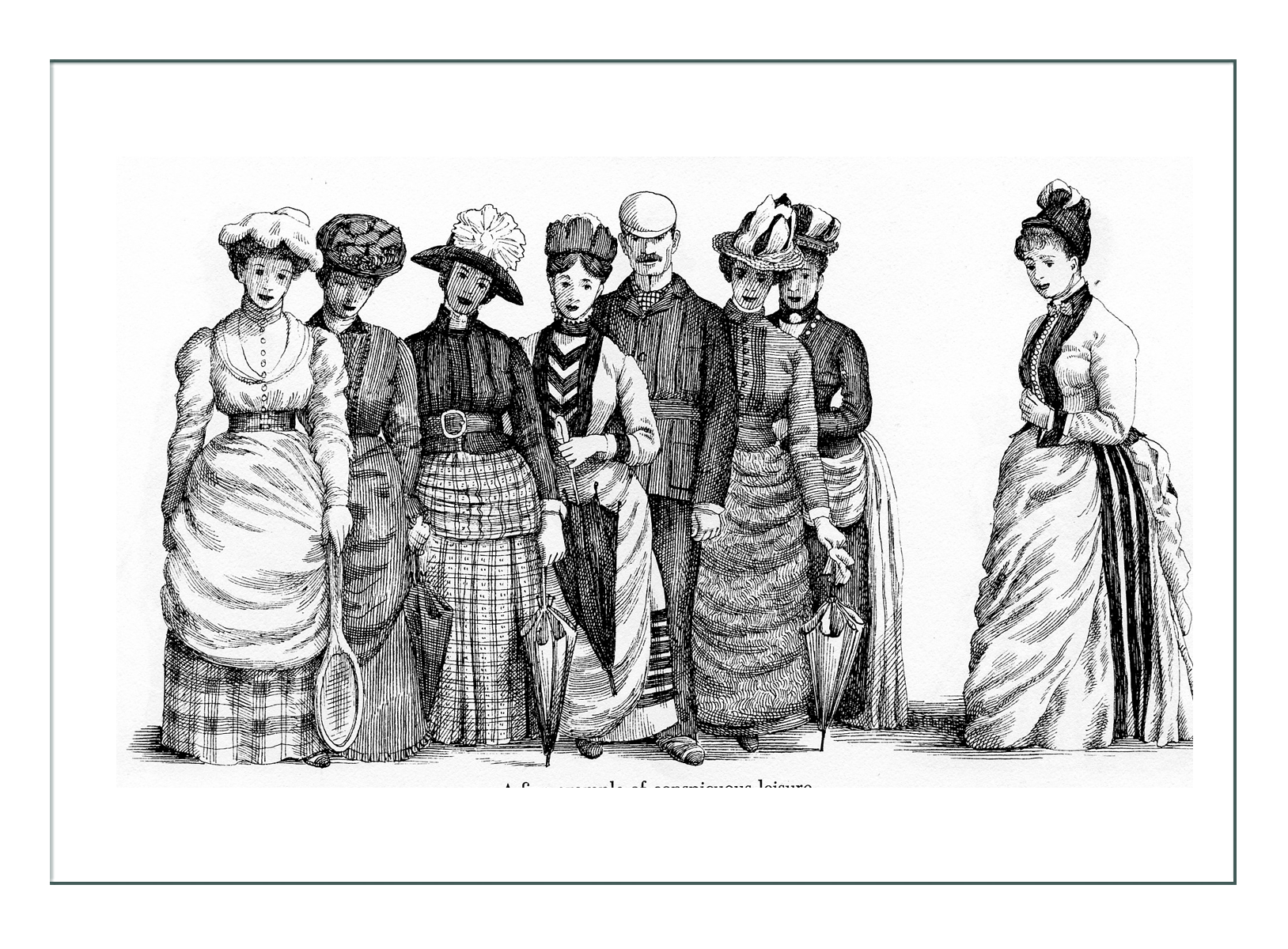
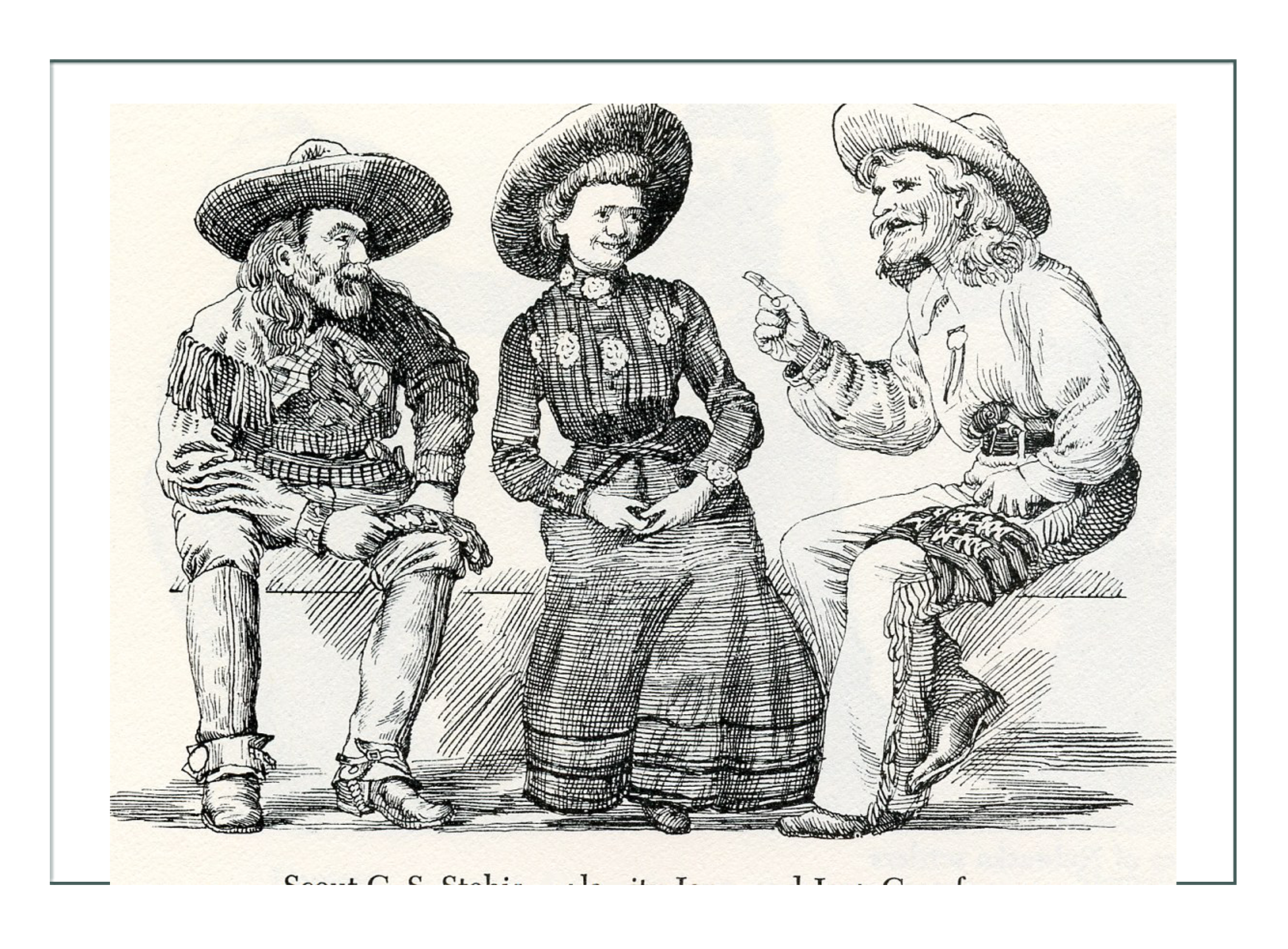
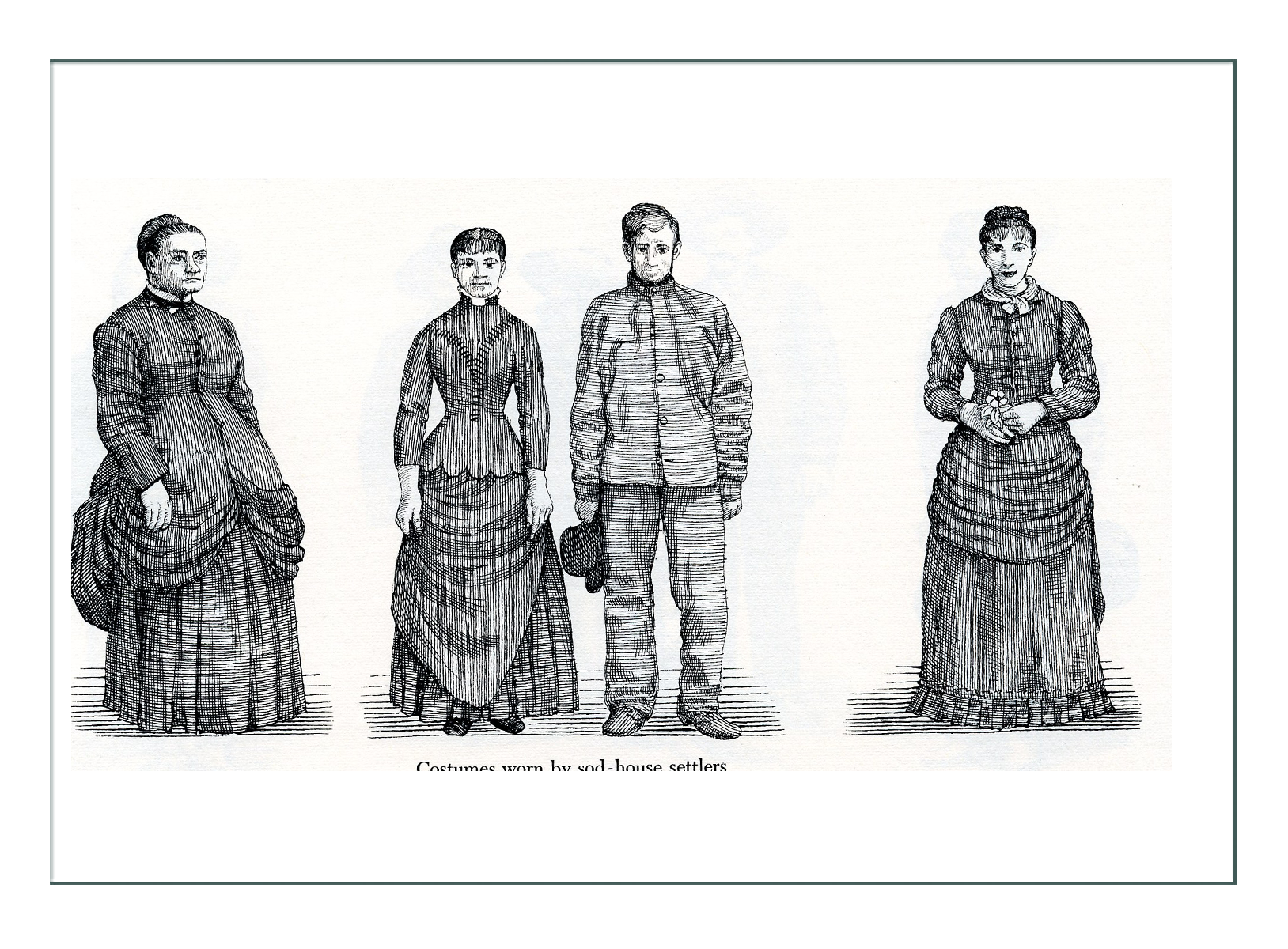
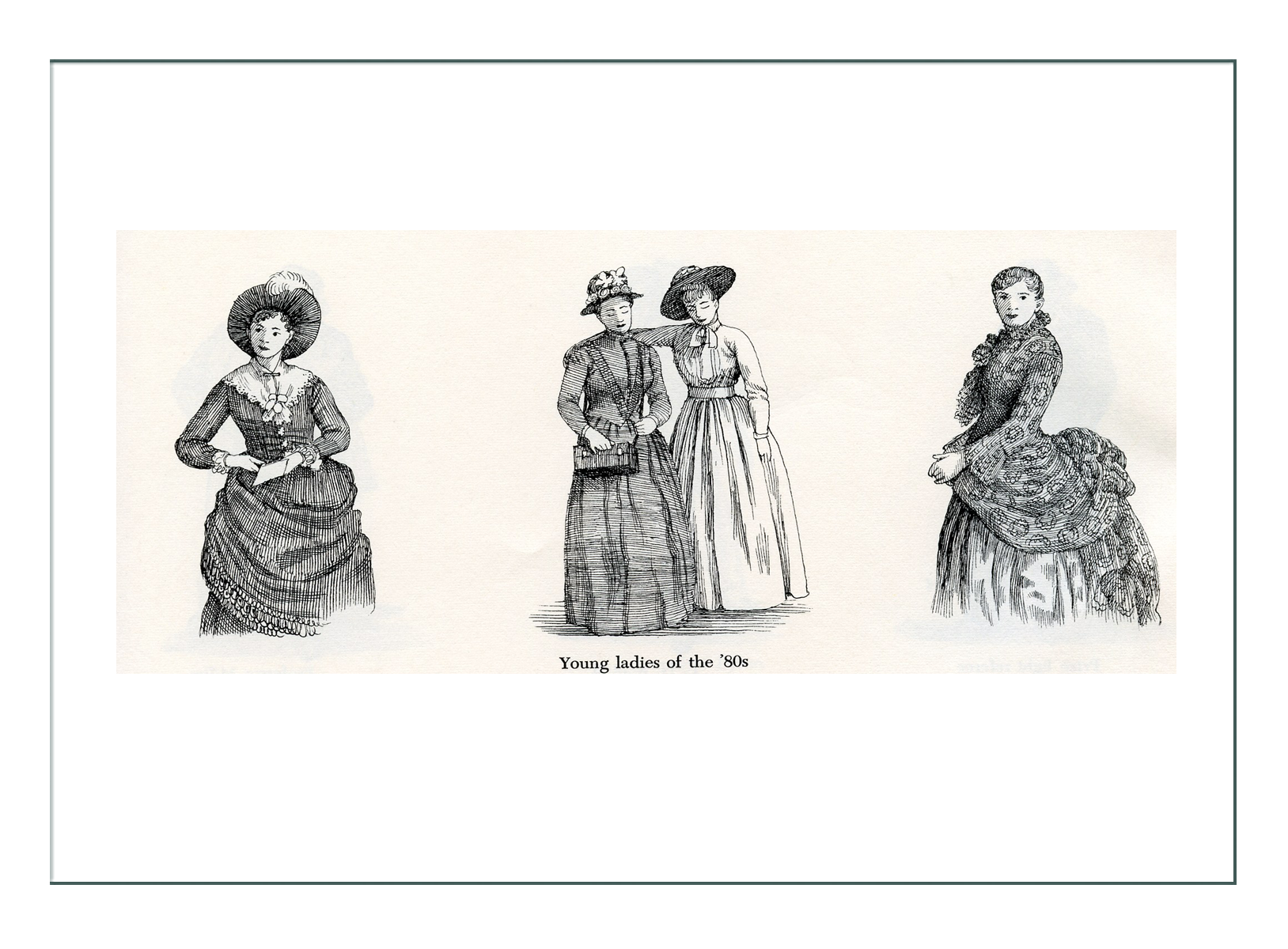

FINAL SELECTIONS
A quick sketch of the concepts gathered from above give a hint to the final design:
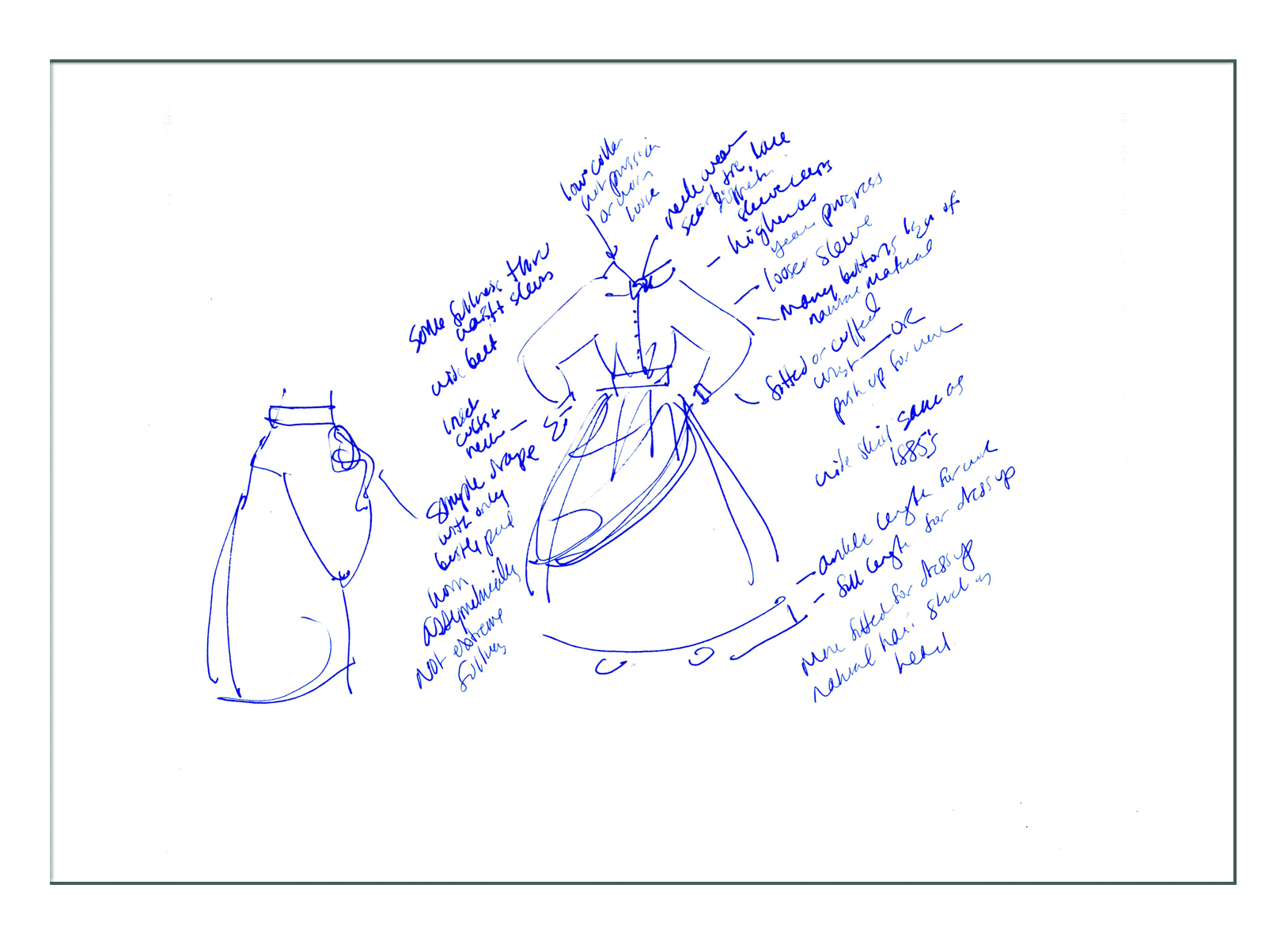
Hair and Hats
Considering the details, we look at examples for hair and hat. It seems hair is kept long, and twisted, tied, and clipped using a comb (decorative bone comb for dress up) and braids with quite a variety. Curled long single braids seemed to be popular for artists and young girls. These were most likely done with a curling iron on top of the stove. It appears some women used the same iron to flatten curly hair as the desired look was smoothe and neat; piled on top except select curls, ringlets, or buns.
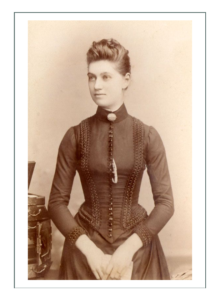
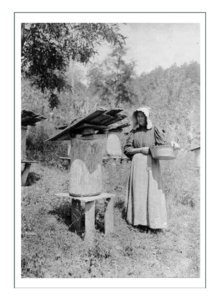
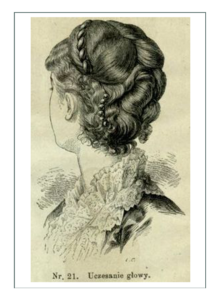

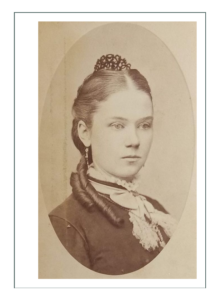

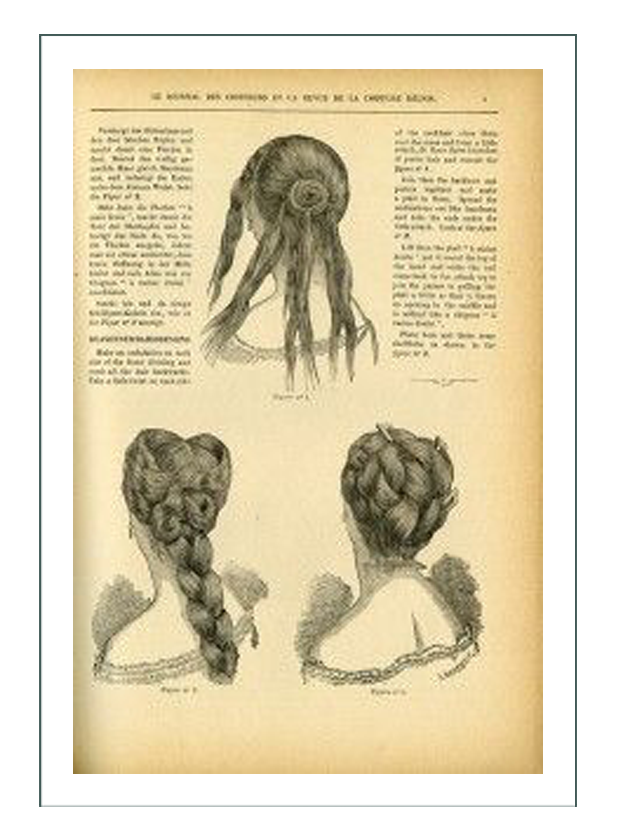
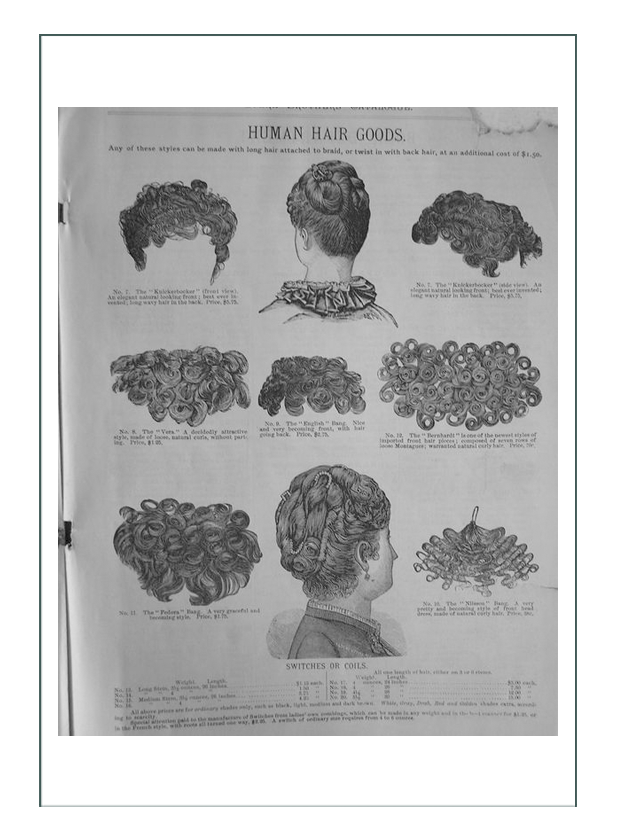
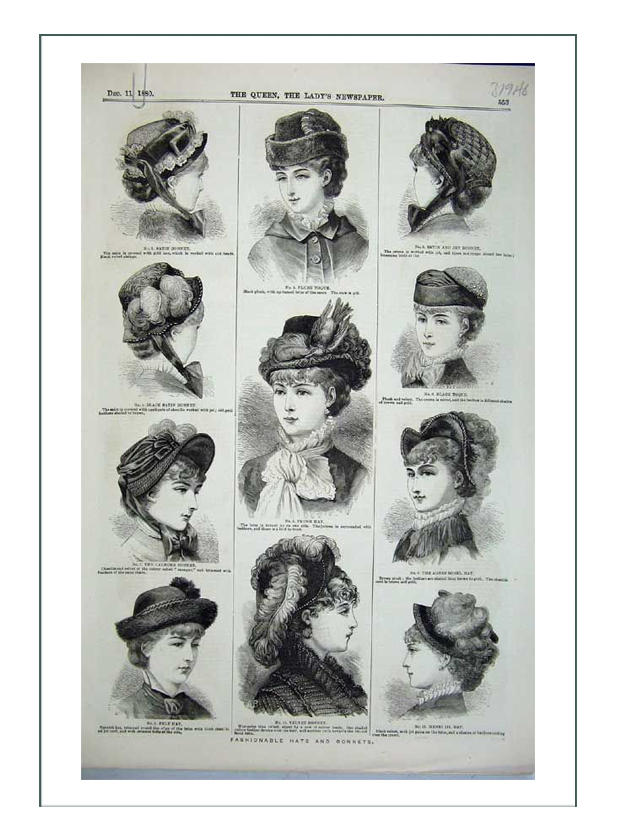
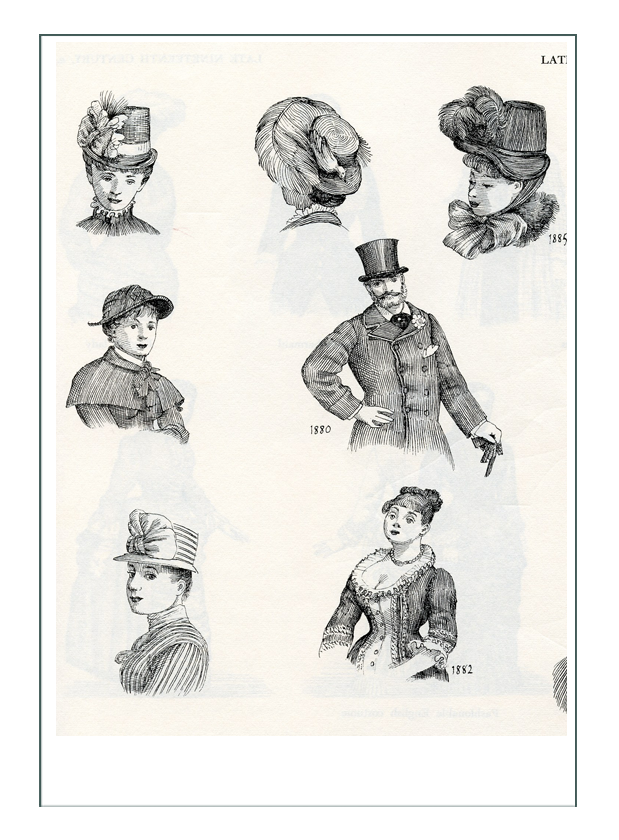 There were quite a few choices for soft bonnets depending on location and purpose. The large, slat bonnets were good for working in the hot sun and wind, while the wadded bonnets were warm for winter and more typical of German and Irish immigrants. The soft bonnet could be shaped for the purpose and stored more easily and washed well, so western pioneers most likely hat at least one of these and possible wore them indoors too, although it is more likely they went bareheaded most of the time.
There were quite a few choices for soft bonnets depending on location and purpose. The large, slat bonnets were good for working in the hot sun and wind, while the wadded bonnets were warm for winter and more typical of German and Irish immigrants. The soft bonnet could be shaped for the purpose and stored more easily and washed well, so western pioneers most likely hat at least one of these and possible wore them indoors too, although it is more likely they went bareheaded most of the time.
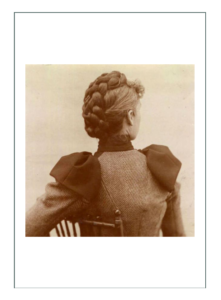
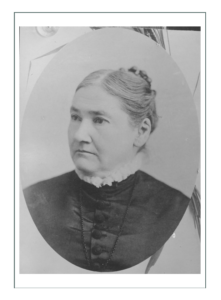
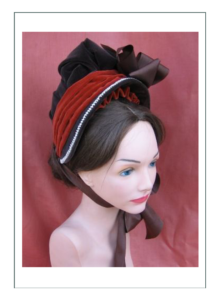
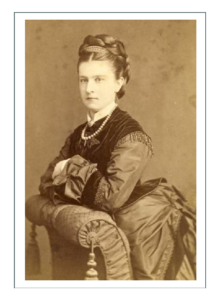
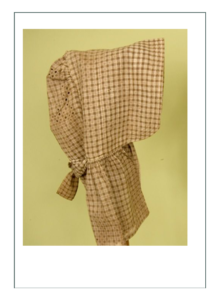
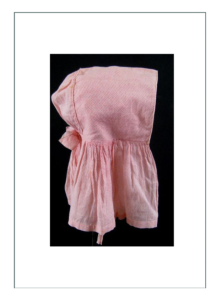
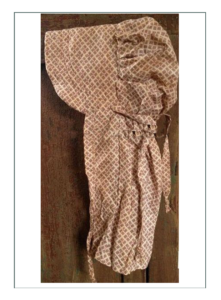
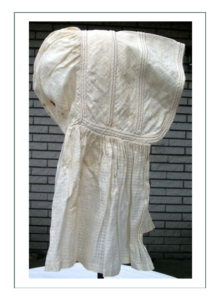
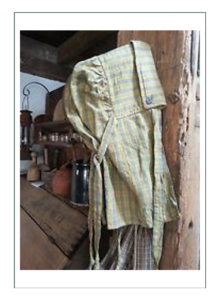
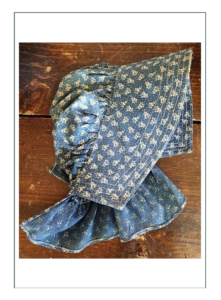
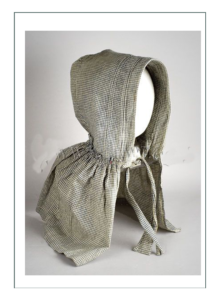
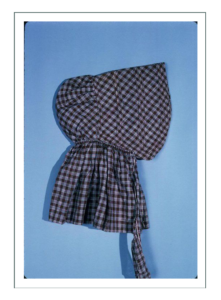
Hair and hat depended on status and purpose. In formal portraits they went without a hat. In work, they wore a soft bonnet with typical apron, etc. For dress up, it was high and the stovepipe of the ’70’s was popular in straw, or winter type hats rose up high and slightly tilted forward. The degree of severity and length depends on temperament and age. It looks like old women and serious women wore tightly pulled back hair that seems to almost hurt. Perhaps it was vice versa.
Mary’s character would definitely have a bonnet all the time on the homestead, and one high fashion hat when traveling and back in Wisconsin. It is doubtful she would wear a hat most of the rest of the time when no one was looking, or when she was teaching.
Undergarments
The era is consistent with others in having the long corset and structures as discussed in Fashion History. We can draw the conclusion Mary’s character would wear the same as her mother’s, and depending on function again – not the latest fashion – because the latest fashion were combinations or French Drawers which would be totally impractical in either lifestyle and culture she was in at the time.
Her ensemble would have just the basics:
- simple chemise; functional and warm one for winter; plain cotton for the rest of the year (probably ragged)
- simple petticoat – 1 for daily; up to only 3 These would have only enough ruffles in the right places to get the desired shape, and probably alteration tucks
- long corset – mass produced and bought from a catalog. She might add some hand embroidery or lace, but it would be quite basic and quite comfortable. She would wear one all the time, so might have a light one for work and night; possibly have cut off a long one at the waist to make it possible to ride a horse or walk easily or even run and to bend over tasks well
- drawers 0r “pantaloons” in the West these would be split when wearing a long corset (because she couldn’t pull pants down that were stuck under the corset), and not split with a button down if worn with a short or riding corset and pulled down. She might have two pairs of these too.
- cotton stockings; easily repaired
- sturdy leather boots; possibly another pair for travel and “home” in Wisconsin, but it is more likely she would clean up her one pair and keep the good pair with Mom at home
- bustle pad – looking like today’s toilet seat, just enough to hold the drape out a bit to give an indication of style; not the whole structure. There would be no room to store or even to get dressed; a bustle pad would be a luxury as it was. Again, she might leave this at her mother’s home and wear them on visits or when staying there in the winter while homesteading. By the time they proved up their claim, bustles would be out of fashion so it would be no problem, and she would embrace the two piece “suit” (bodice and skirt), so there would be no fashion problems
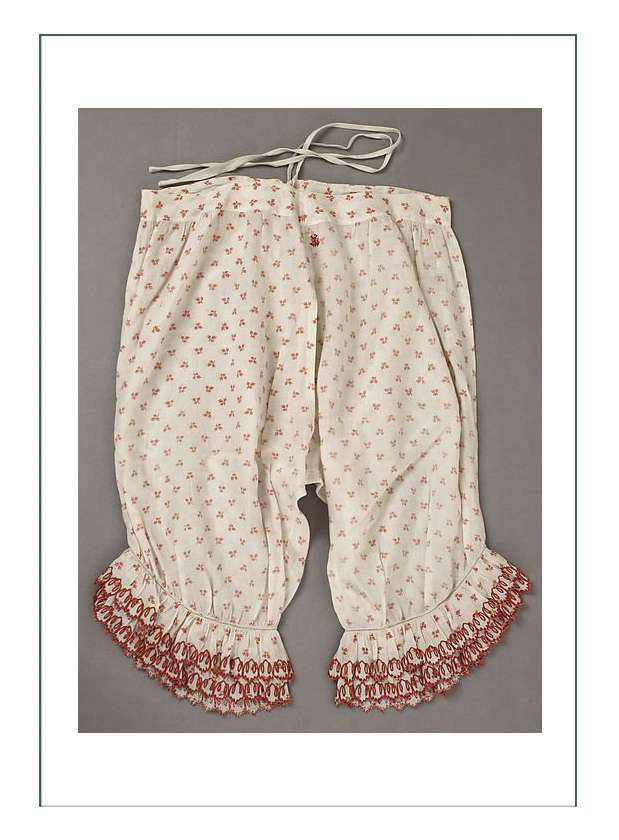
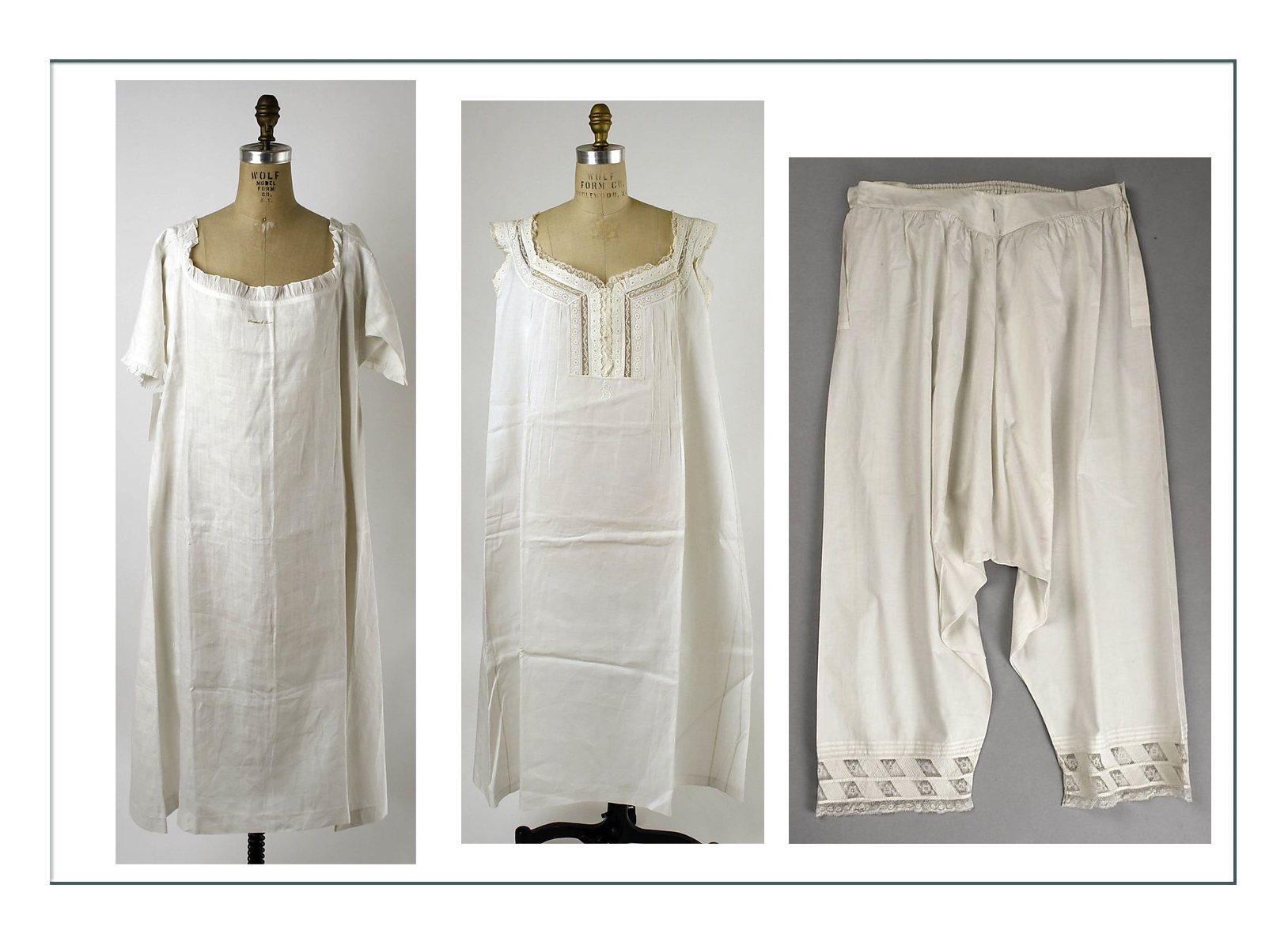
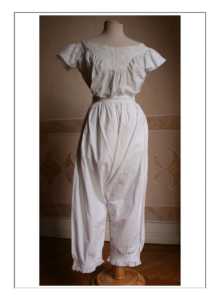
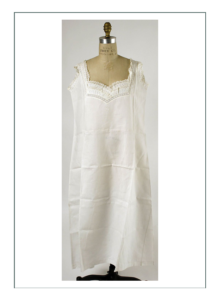
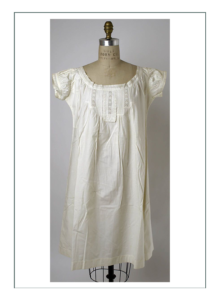
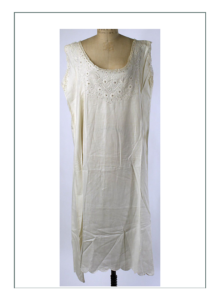
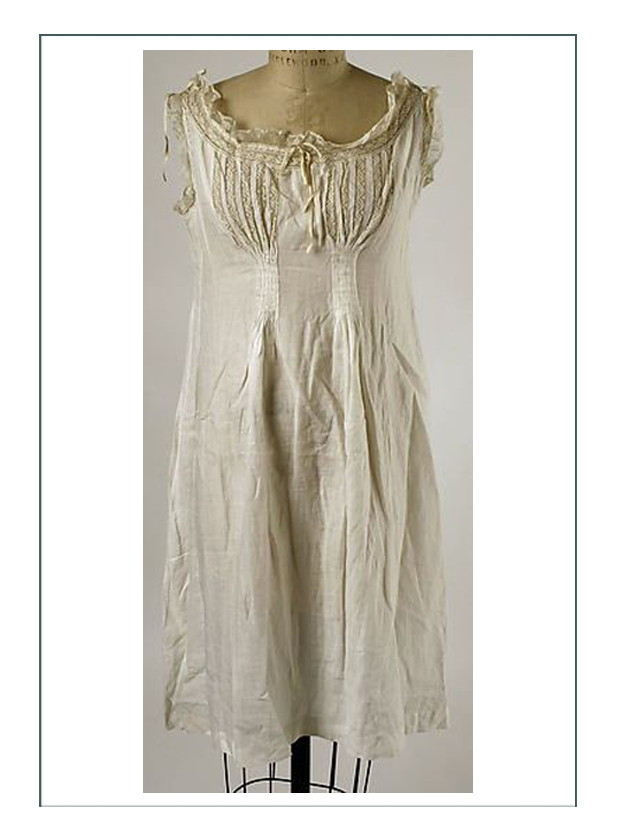
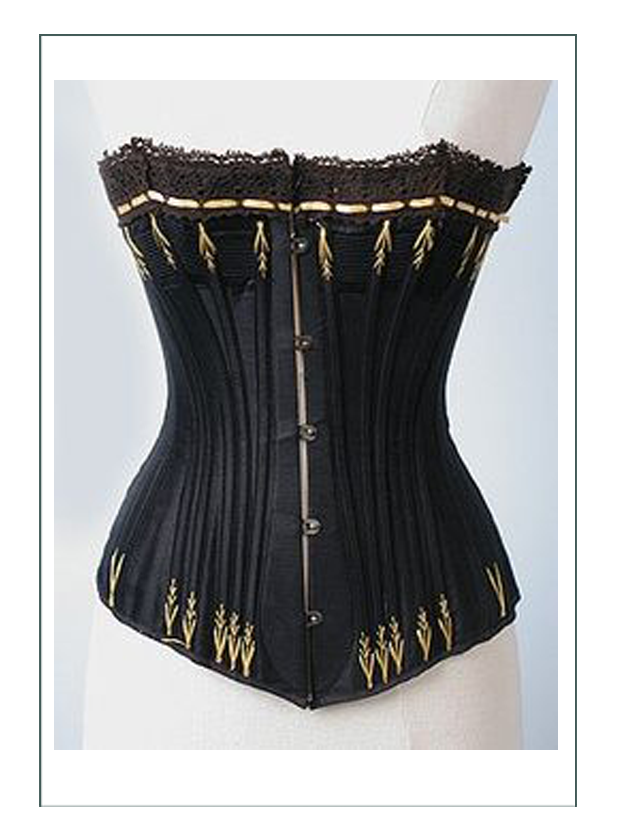
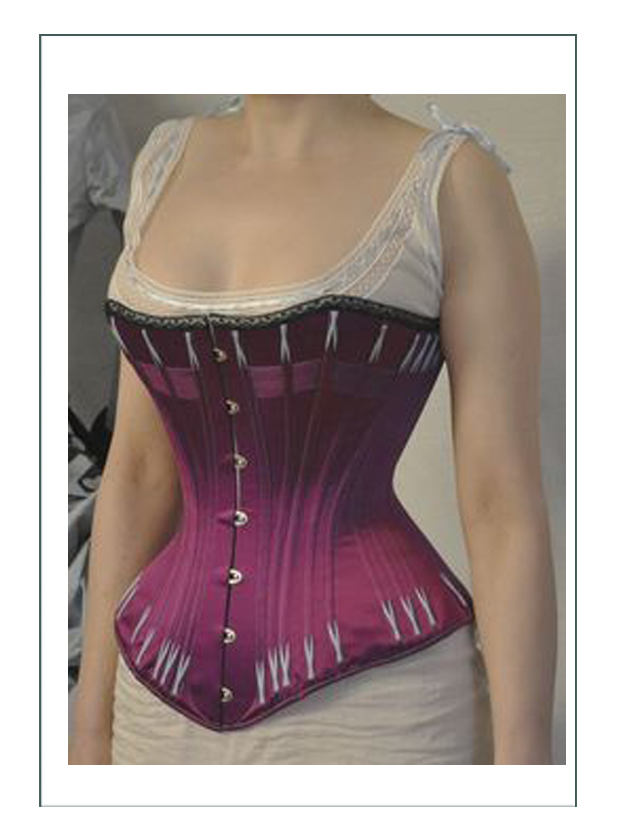
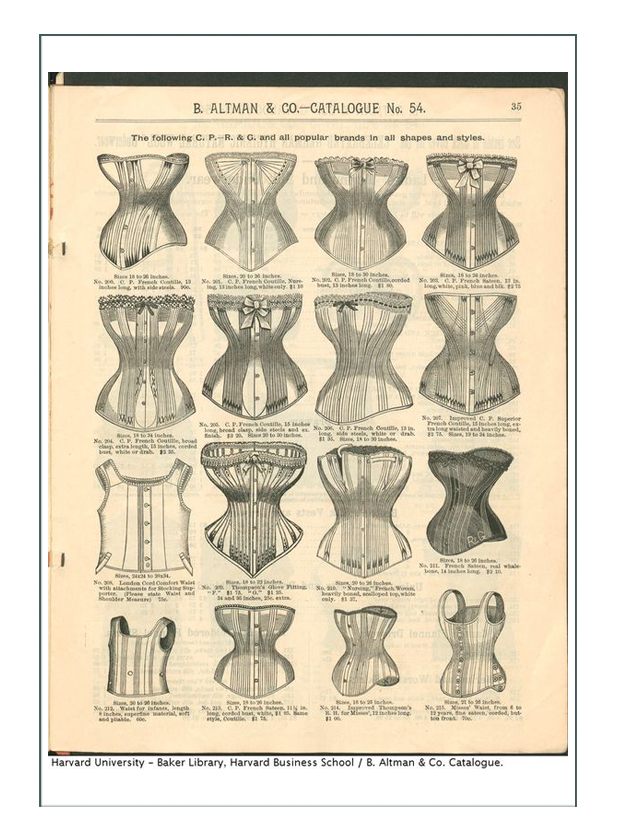
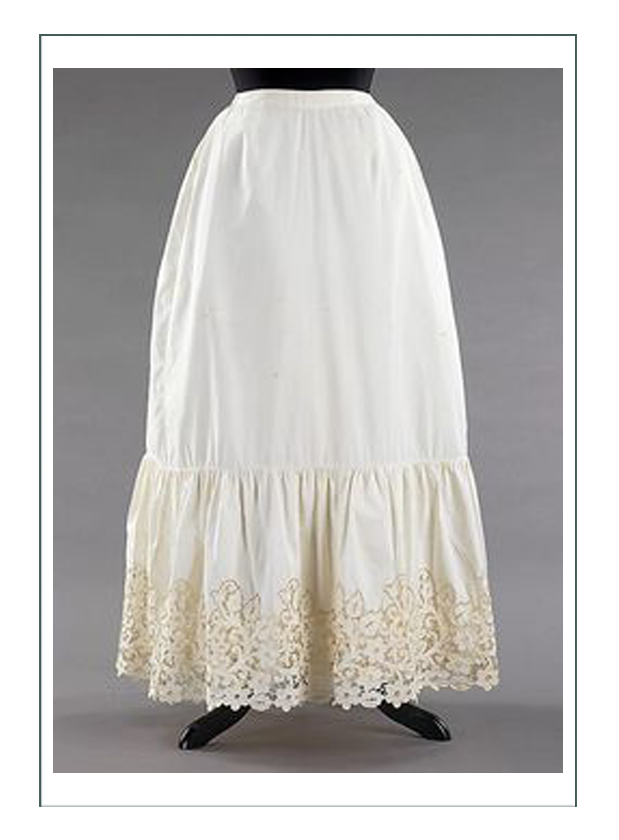

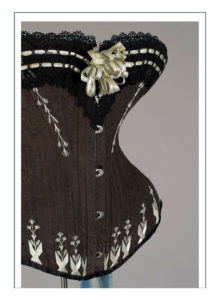
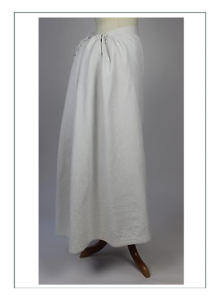
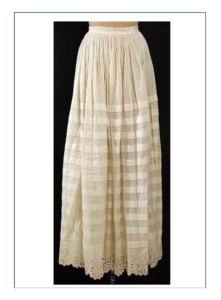
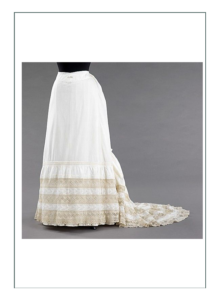
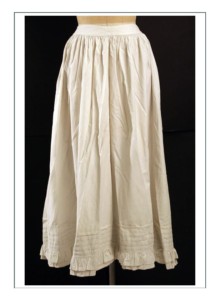
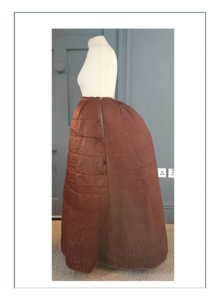
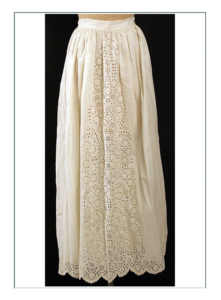
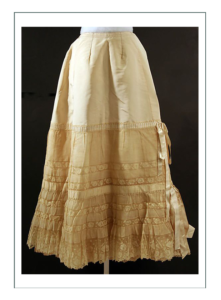
Accessories & Footwear
Much like the prior decade, footwear depended on where you were going and what you were doing. Farm work and riding demanded boots. Living on a homestead meant boots – ankle high for flexibility and of good strong leather.
Going to town or city meant shoes; sometimes with spats to protect them or to lend fashion. Very fancy dress up meant matching shoes with low heels.
This late Victorian Era is remembered for its mourning jewels, and an abundance of paste imitations of rare jewels such as diamonds and emeralds and rubies. Many did have semi precious gems like opals and pearls, and all were very ornate.
There were pins and brooches and lockets and chains. Most women wore a watch and skirts had a watch pocket built into them. Some were worn on the bodice and upside down (like nurses wear today) for hands free use. Inheriting jewelry was big, and today we have many fine examples as things were passed along to mother and daughter.
Items made from the hair of a loved one, including photos and hair from a deceased loved one were very popular, as were the Whitby broaches. Various forms of cloissone and imported goods were popular. Citrine authentic pieces can be found in abundance today from this era, as can be some marcasite which was very popular for buttons, earrings, and brooches.
Mother of pearl and abalone were still favorite low cost options for cameos and pins.
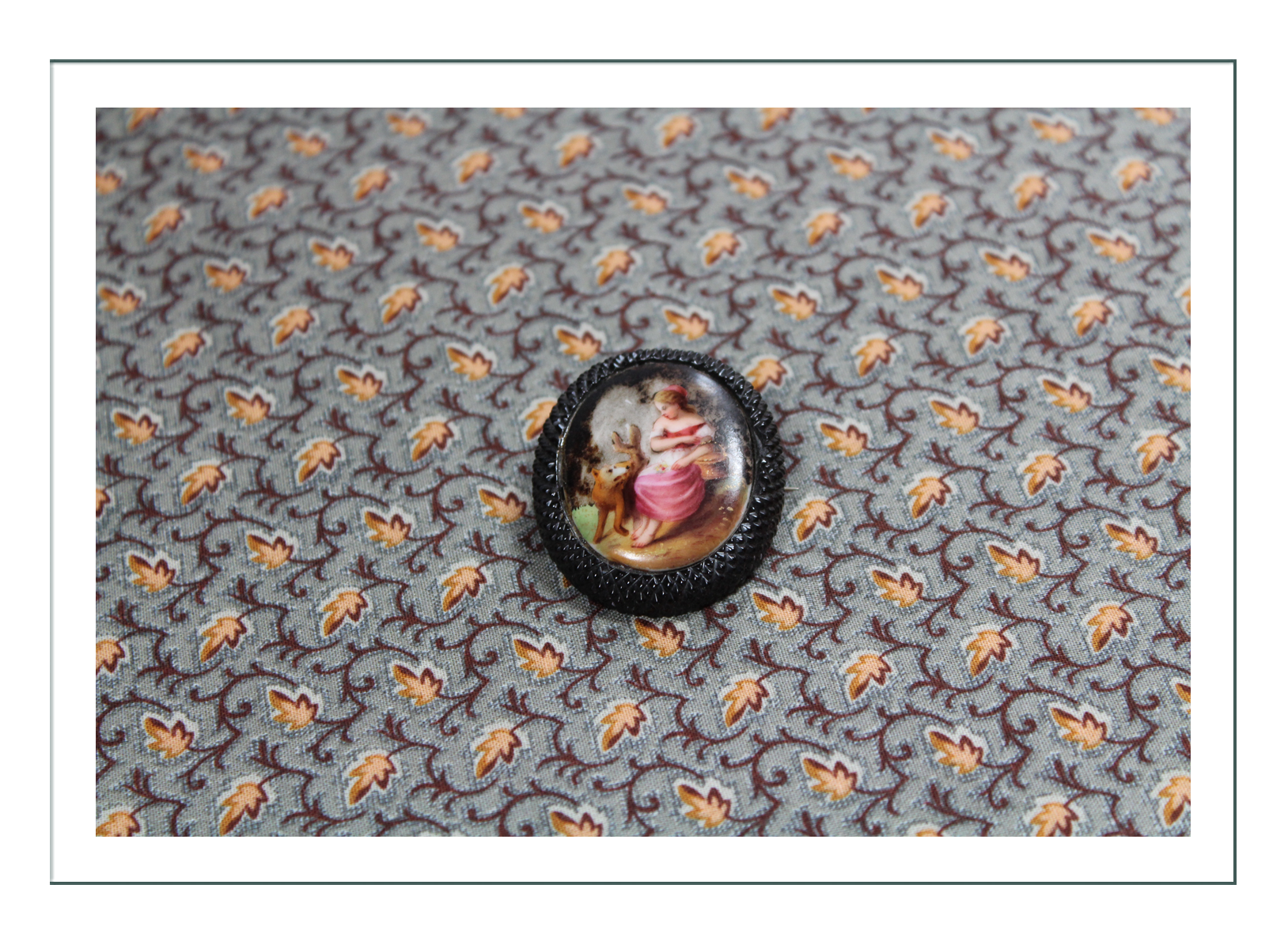
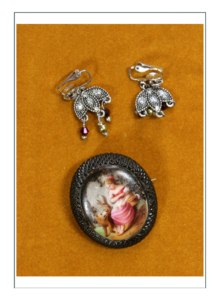
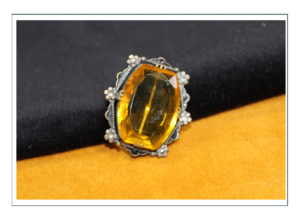
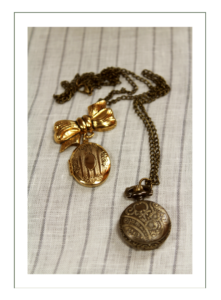
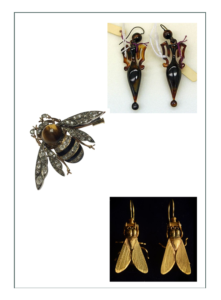
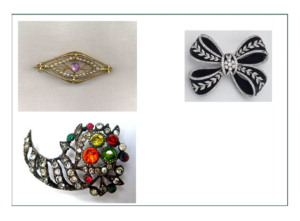
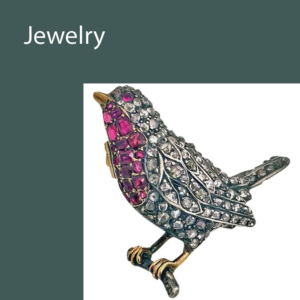
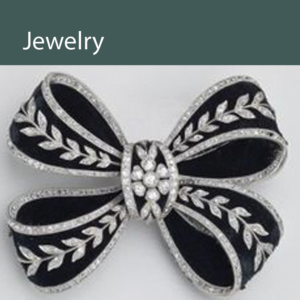
Fabrics & Notions
We had in stock a collection of reproduction fabrics already selected for the purpose of depictions in the 1860’s to 1880’s. They are all small print calicoes or similar 1-2 dye process and most are roller dyes on cotton. Some are rare actual Liberty fabrics (London Aesthetic movement), and others are specific to 1860’s limited dyes or processes.
Extant garments show LARGE prints and florals with 2 colors over a main color, so our fabrics are actually a bit out of date for 1887. That’s OK, because if she were building new, she’d have to get it from the western markets which might only stock out of date fabrics. The fancier ensembles were plain in wools and suitings anyway. We have chose to depict daily wear as she would wear to teach school on her homestead, or to attend a political or social function – somewhat “in between” low and high fashion, but definitely high fashion for western wear.
Her style would be a bit above that typical of the region because of her Wisconsin ties, and her fabrics a bit behind high style. The 1860-70 fabric is fine for that. All are durable, functional, and would be inexpensive for them to obtain and easy for them to sew themselves or have someone local sew for them. They would make it more ornate with piping, kilting, ruffles, or store bought trim. They would put their money into the hat and accessories that could carry over to any ensemble instead of the one dress.
These are the select fabrics that would work for this character:
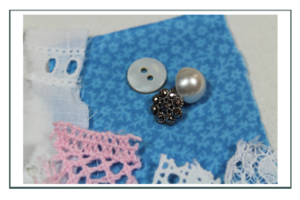
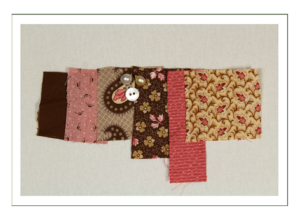
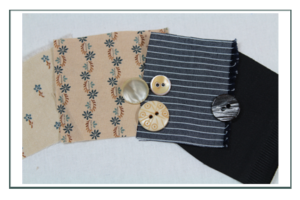
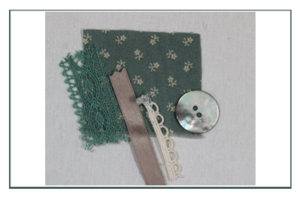
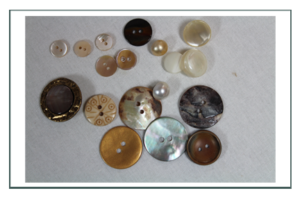
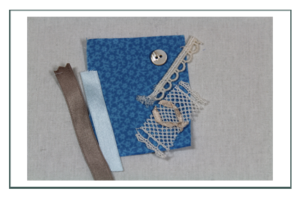
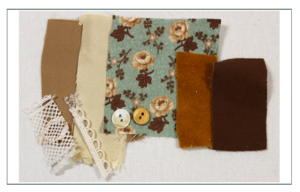
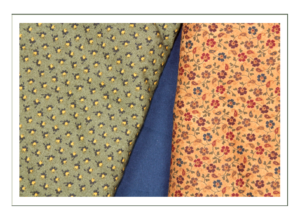
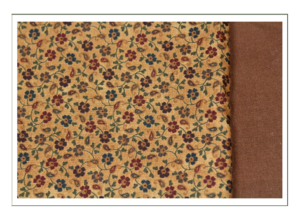
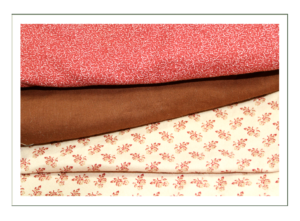

Making selections; summarizing the information. We select these garments and people to represent the final design:

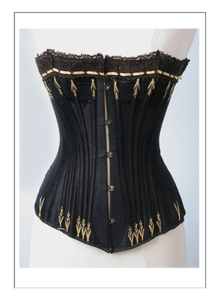
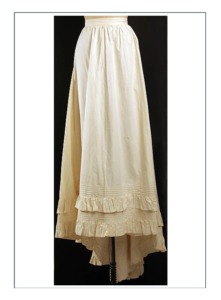
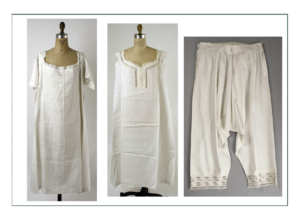
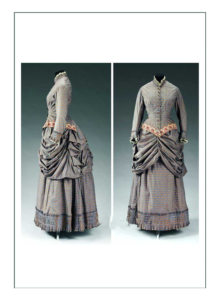
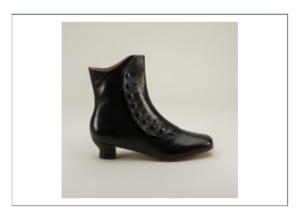
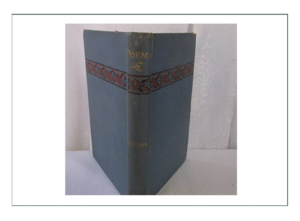

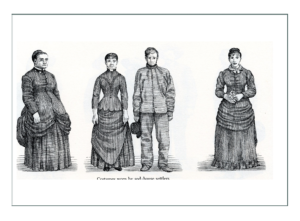

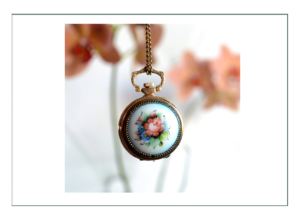
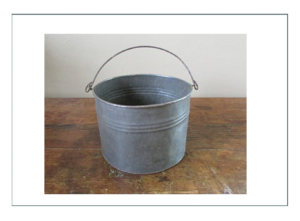
Late Revisions
We ran short on fabric for the drape. 1887 was a tighter drape with less in the back as the bustle was going out of style. Every western woman seemed to be wearing a leather 2-3″ wide belt over her drape and/or skirt. We found really good fabric.
These factors combined to revise the final design of the drape to be more of an apron with a belt holding it on, with just a “nod” to the bustle. All ideas of bustle pads and rumps are now abandoned in favor of the upcoming fashion and function of western wear:
New fabrics – checks and paisley are for the ties and scarves; used to stretch the drape fabric as linings/facings as needed or used in the bonnet:
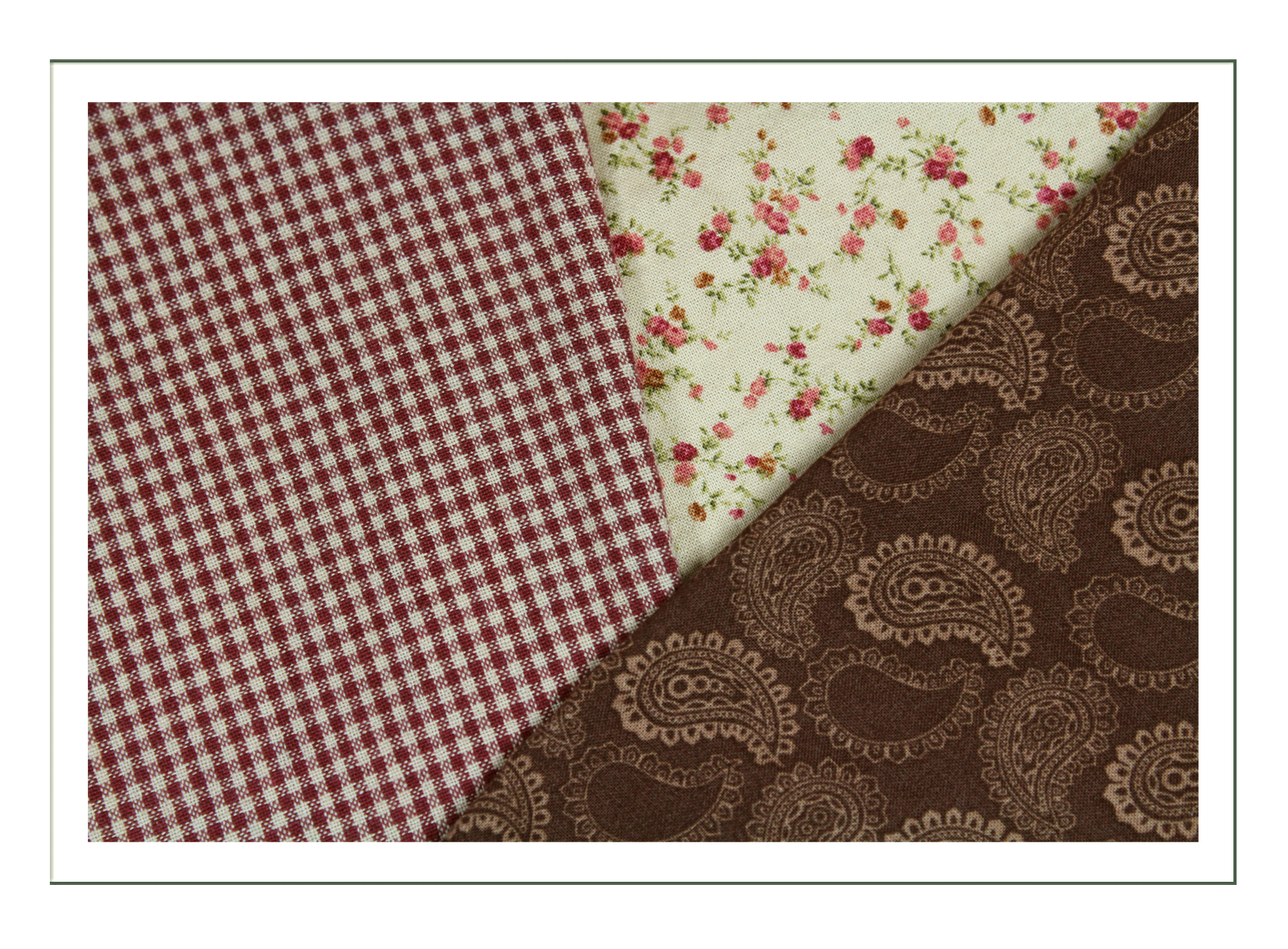
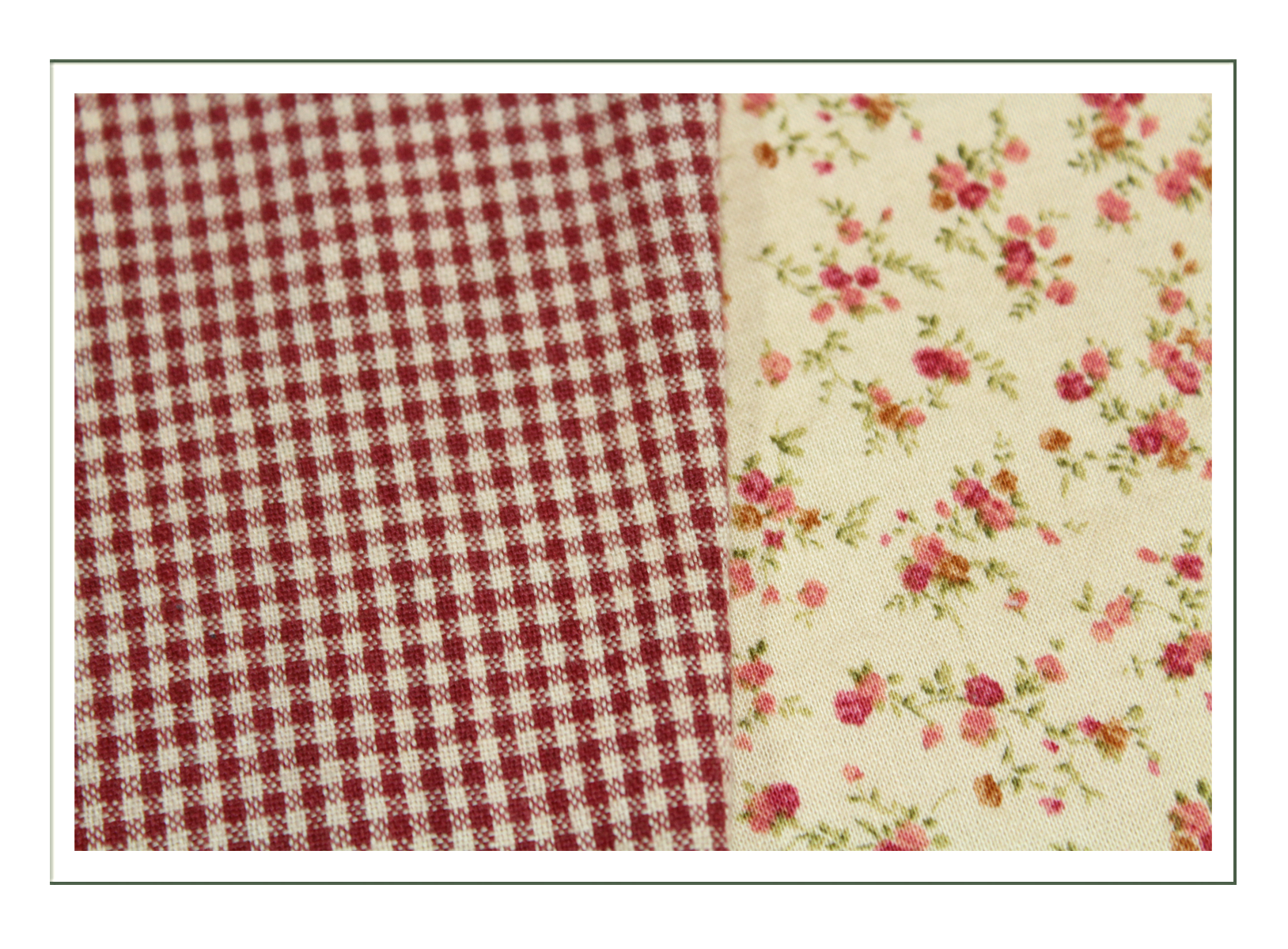
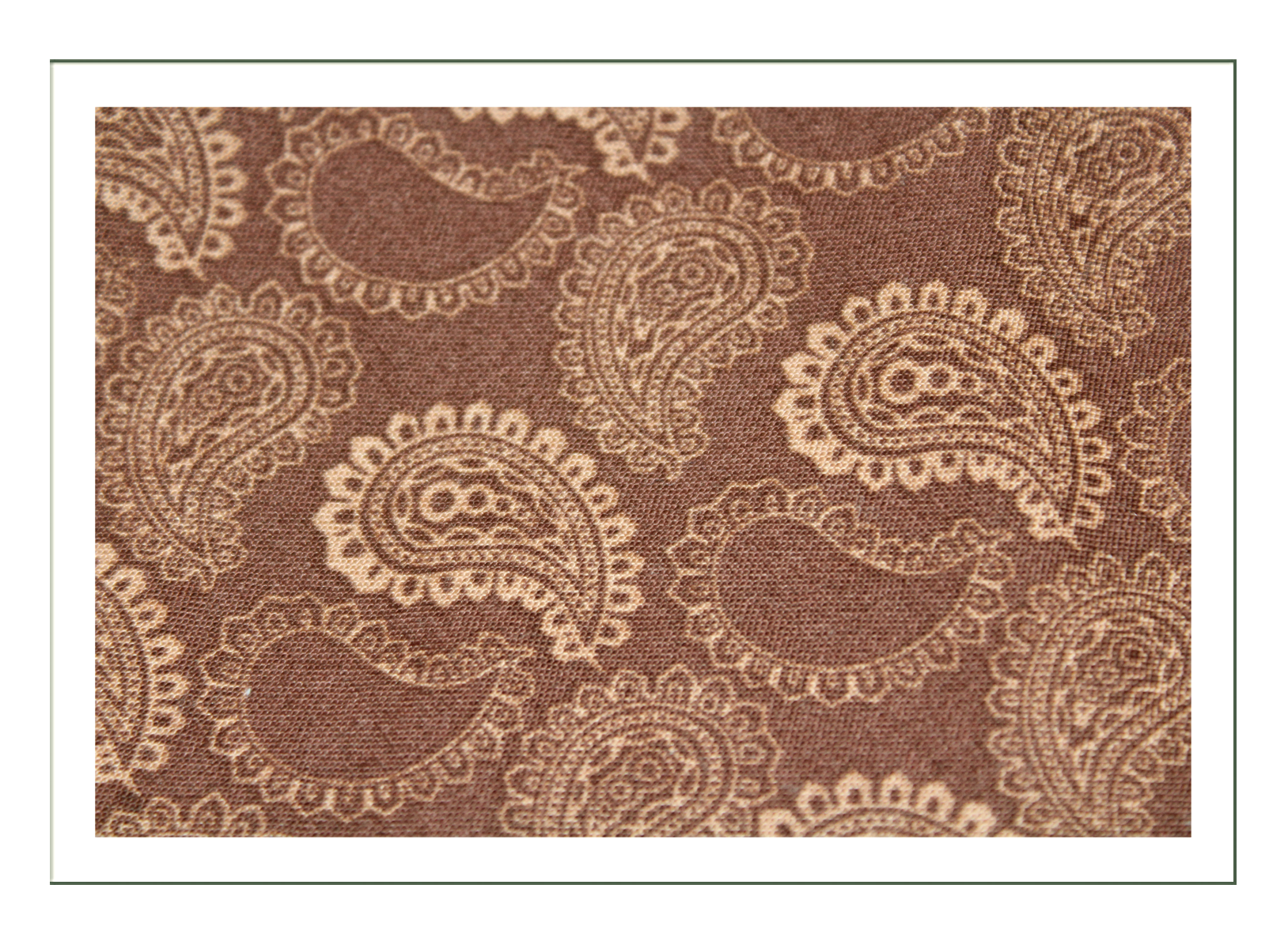
And a new design for a drape that is pulled and pinned and loosely tied in the back, or dropped to be a functional, flat fronted apron:
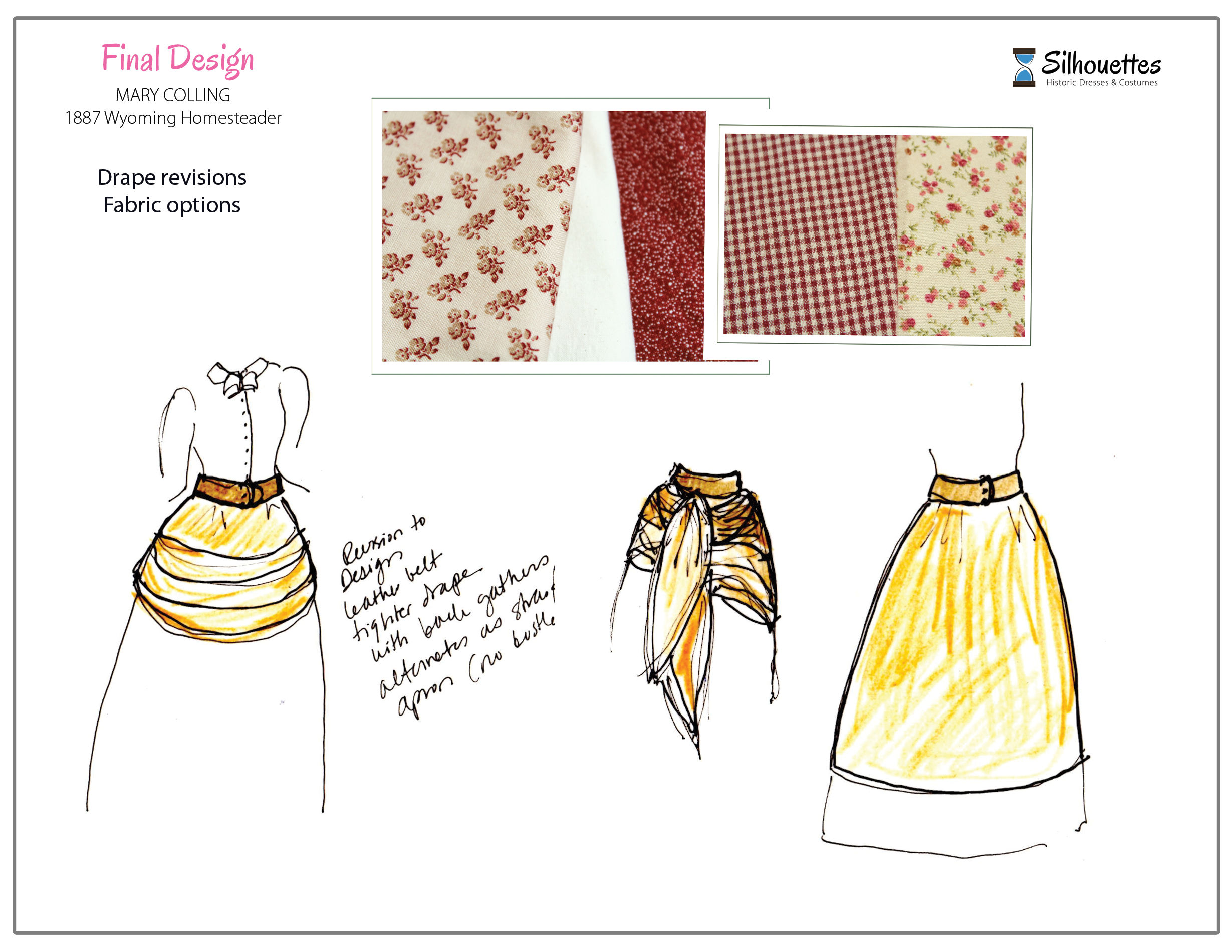
This is based on a photo found of real women in Iowa who worked for a department store. It is clear the young women wanted to be at the height of fashion, but either bought (at discount?) from the store, or made their own best effort at high fashion of the day – EXACTLY what we are trying to illustrate. We will be building the drape using this 1886 photo as a “pattern”:
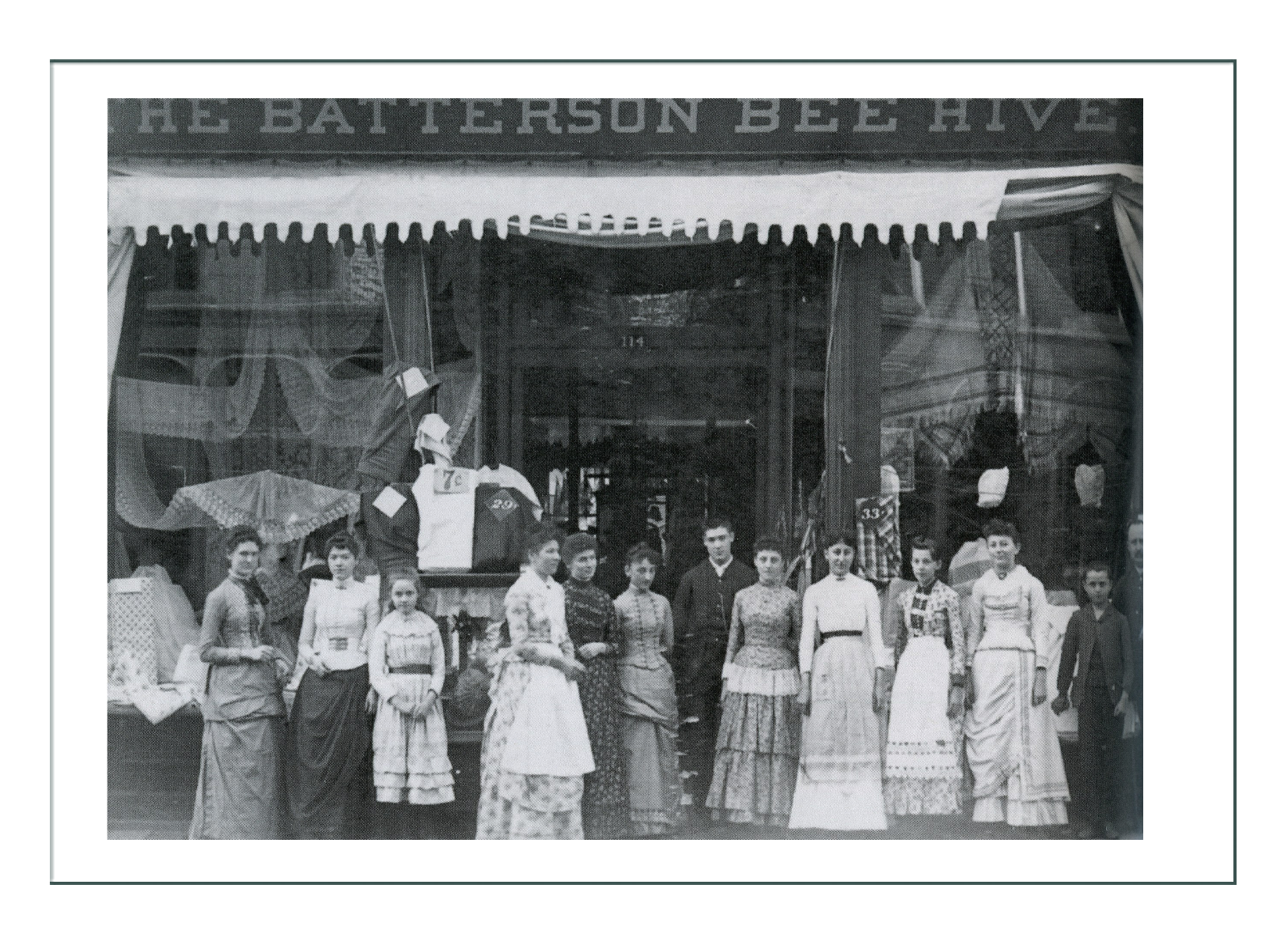
Click here to go to Mary’s main page with the finished project (next)
Click here to go to Mary’s Historical Context page
Click here to go to Mary’s Fashion History page
Click here to go to the top of this page
